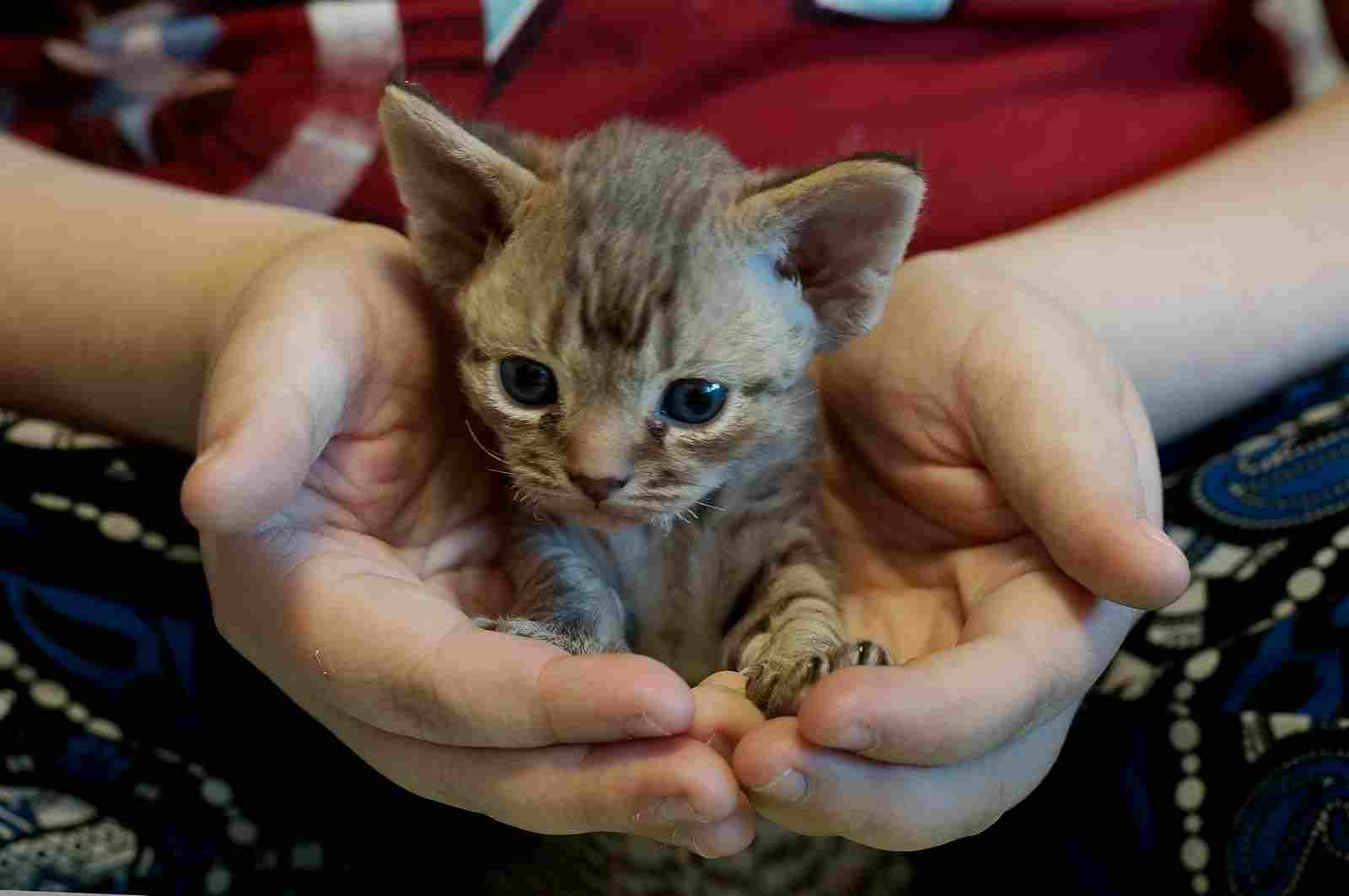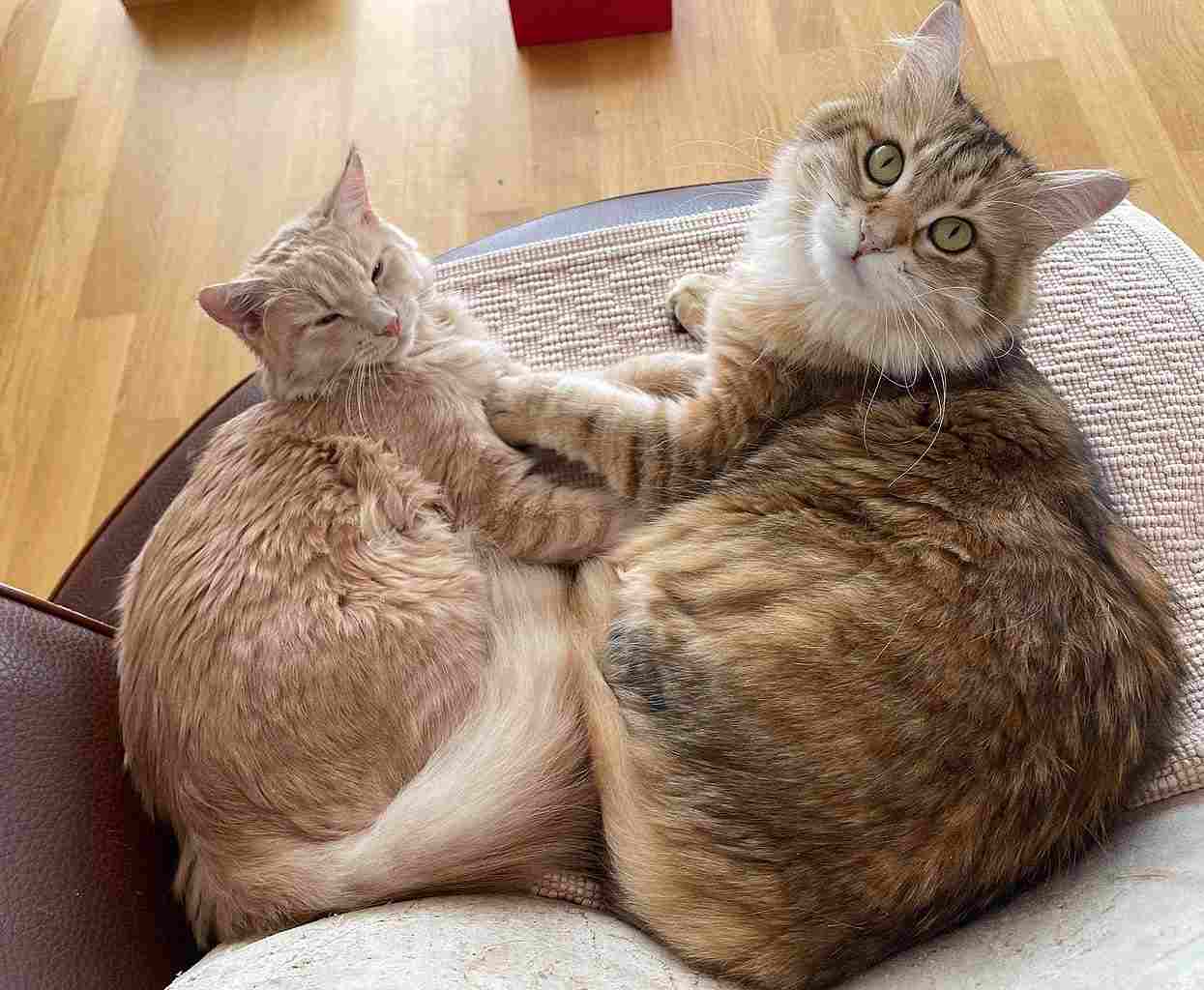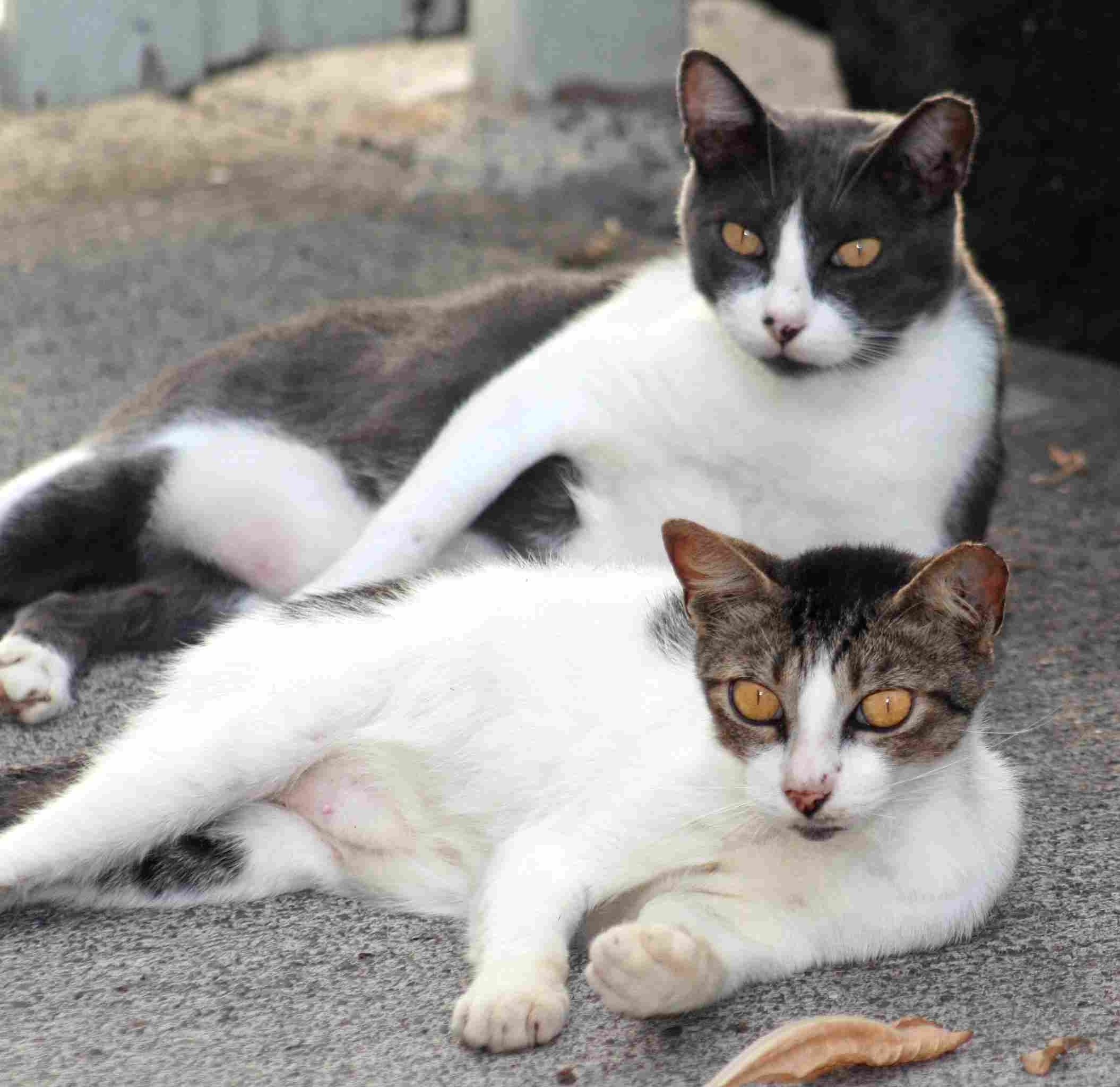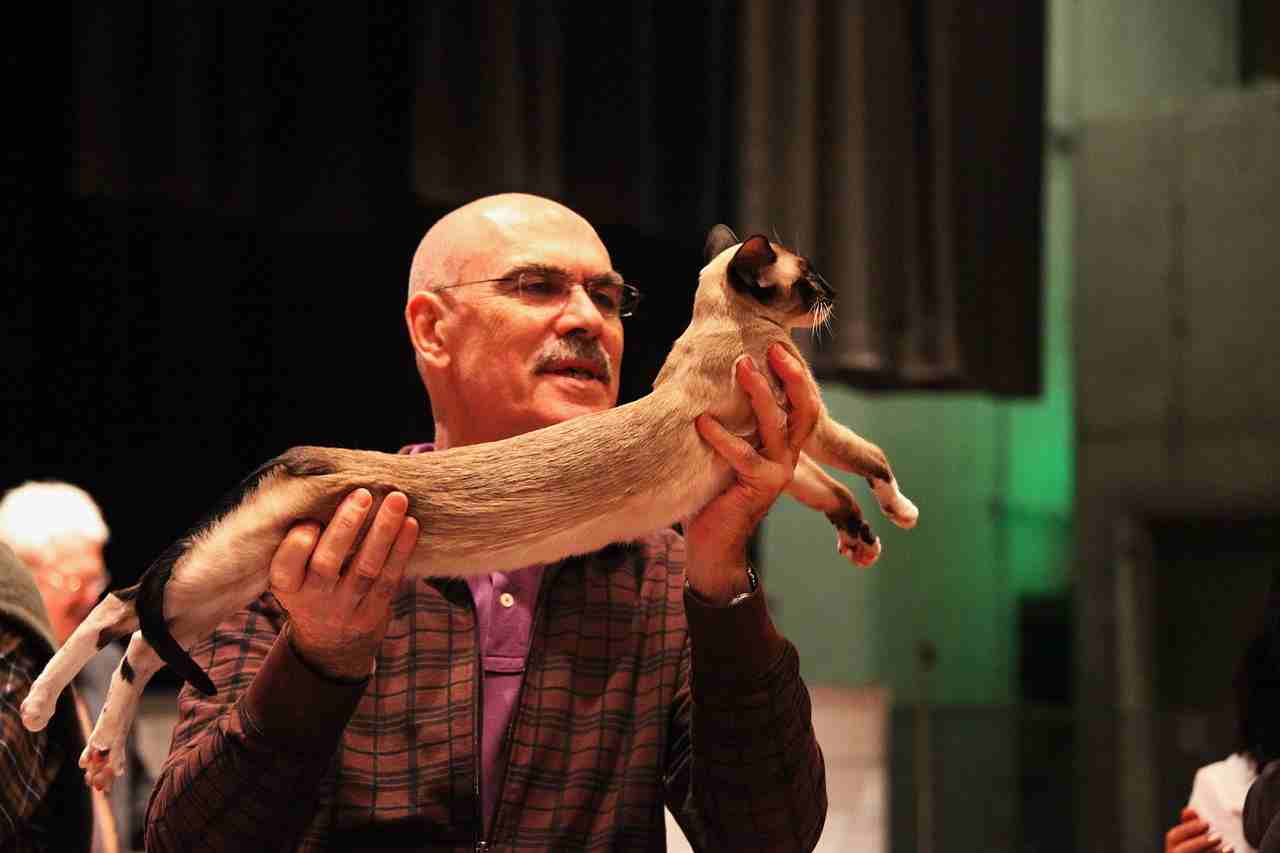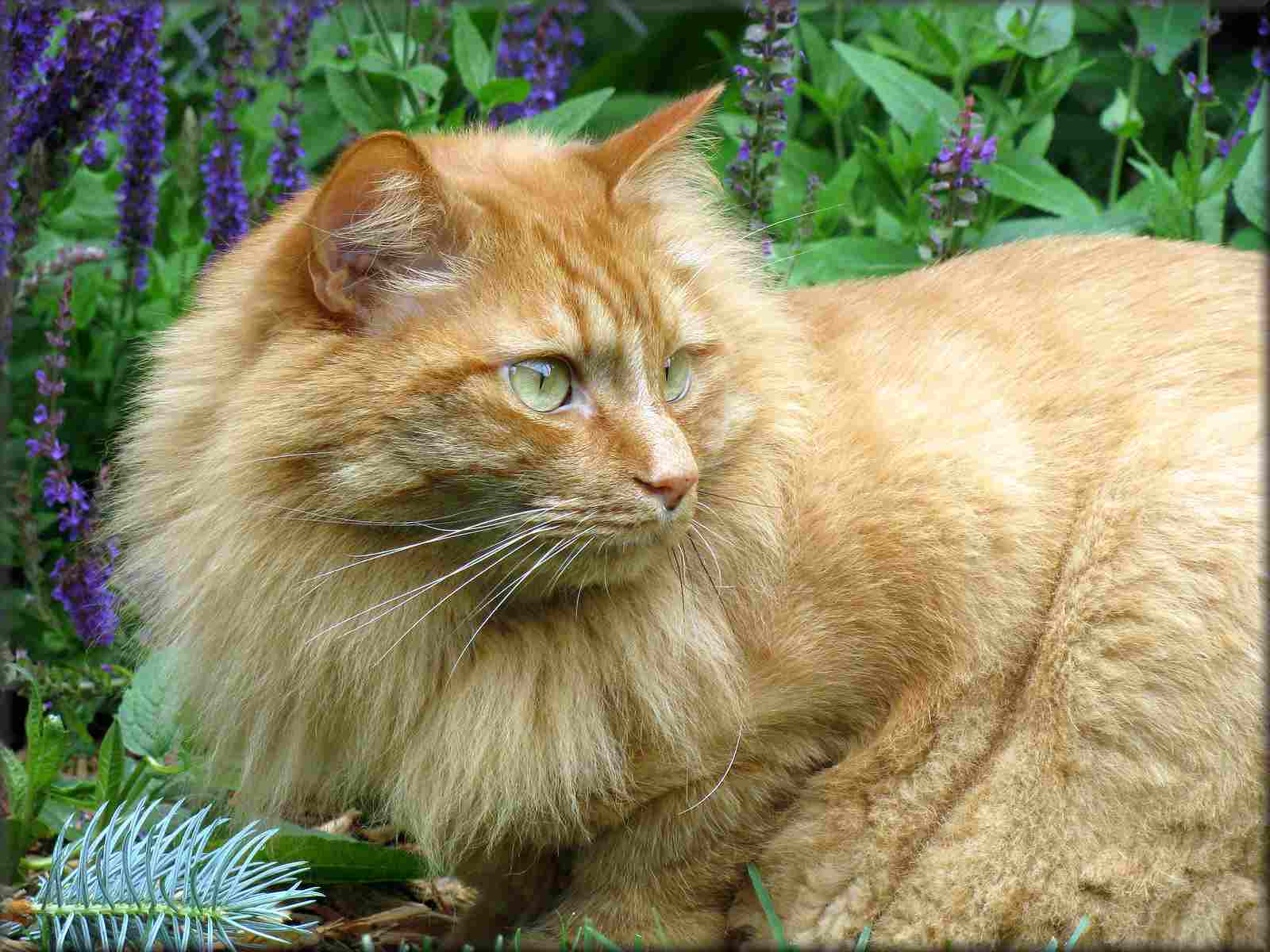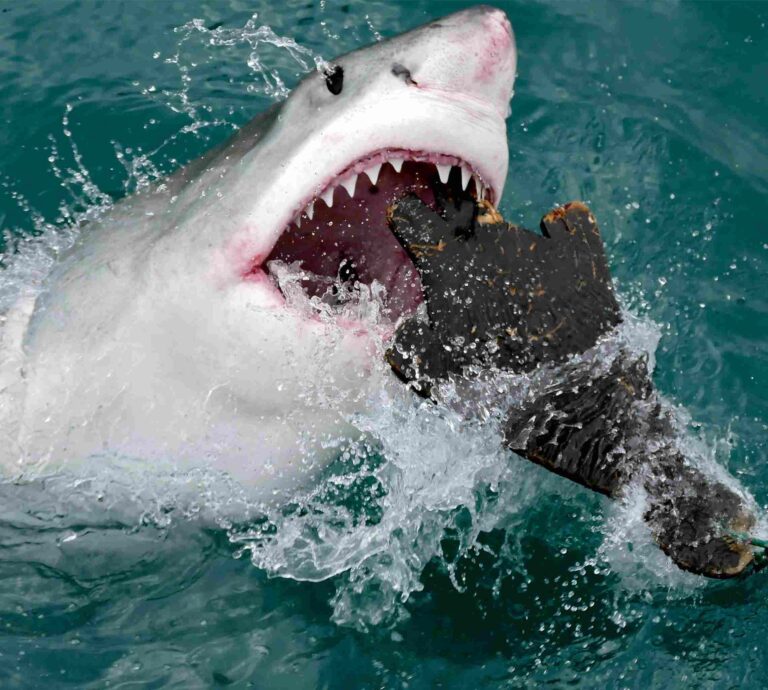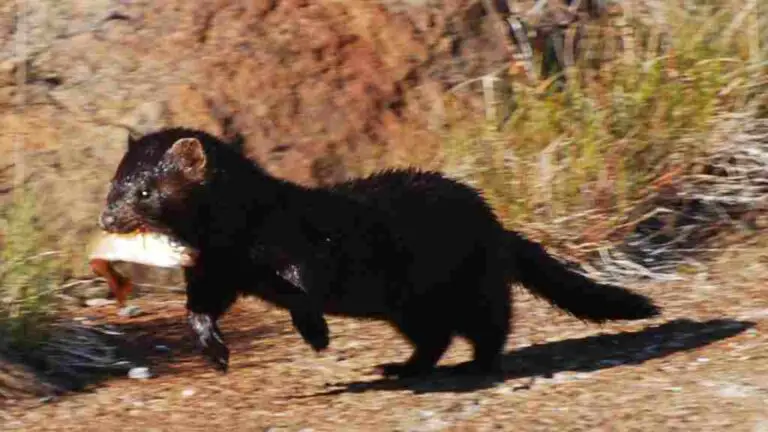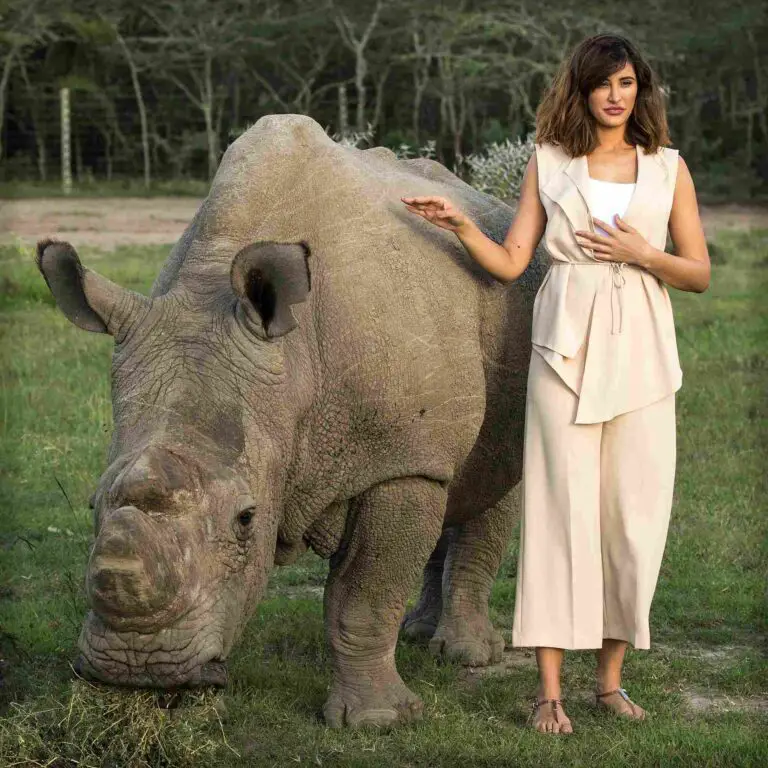Domestic Medium Hair Cat Vs Long Hair Cat Appearance, Overall Comparison
Exploring the distinctions between medium hair and short hair cats reveals unique characteristics in fur length, genetic factors, and grooming requirements. While medium hair cats typically have fur lengths ranging from 2 to 5 inches, their appearance is often a result of unique genetic combinations, often involving a cross between short and long hair individuals. The grooming needs of medium hair cats differ from those of long hair cats, with medium hair requiring less frequent attention but occasionally presenting challenges, especially if matting occurs regularly.
Medium Hair vs Short Hair Cats: Navigating Feline Fur Dynamics
I. Fur Length:
– Medium hair cats are characterized by fur lengths ranging from 2 to 5 inches, providing a balanced and moderate coat length. This contrasts with short hair cats, whose fur is generally shorter than 2 inches.
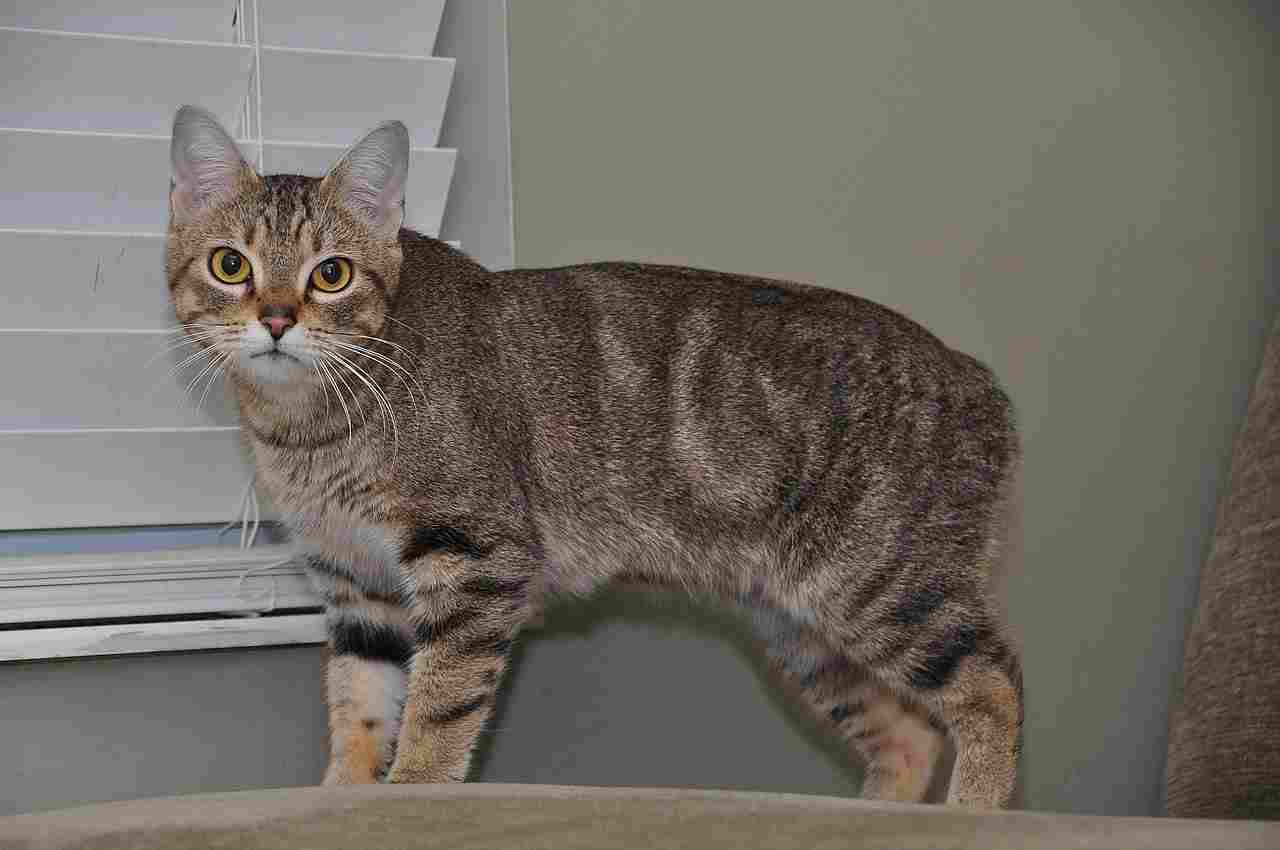
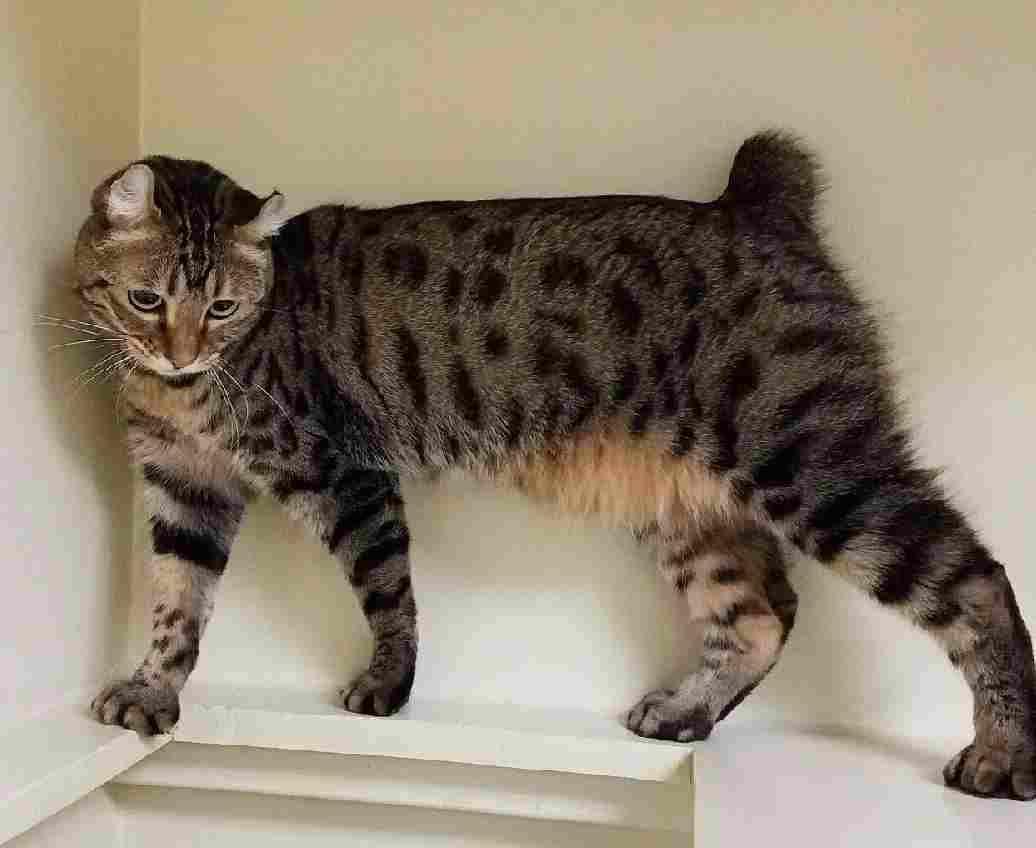
II. Genetic Factors:
– The medium hair trait often results from unique genetic combinations, frequently involving a cross between short hair and long hair individuals. These genetic variations contribute to the distinctive fur length observed in medium hair cats.
III. Fur Distribution:
– Medium hair cats typically exhibit longer fur around the neck area and shorter fur along the back. In contrast, long hair cats often have more uniform fur lengths throughout their coat, with an emphasis on length.
IV. Grooming Requirements:
– Medium hair cats generally require less grooming than their long-haired counterparts, often needing attention once a week. However, grooming can become tedious, especially if matting occurs regularly, requiring careful and patient maintenance.
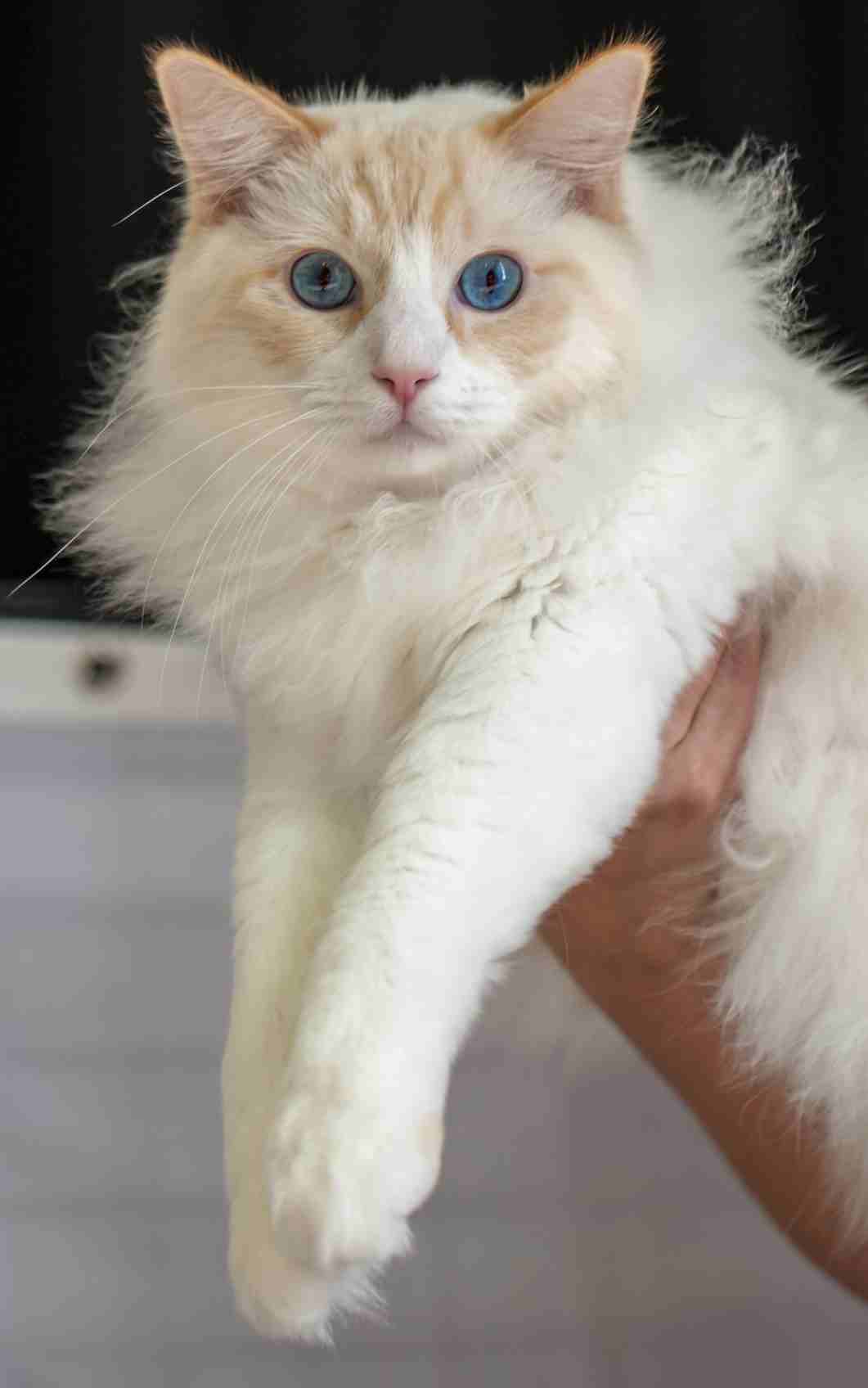
V. Challenges in Grooming:
– While medium hair cats may have less demanding grooming needs than long hair cats, challenges can arise, particularly if matting occurs. Regular brushing and preventive measures are essential to address potential matting issues in medium hair coats.
VI. Long Hair Considerations:
– Long hair cats, with fur exceeding 5 inches in length, are recommended for owners with sufficient time and resources to dedicate to grooming. Regular and meticulous grooming is crucial to prevent matting, maintain coat health, and ensure the well-being of long hair cats.
VII. Tailoring Grooming Practices:
– Understanding the distinctions between medium hair and short hair cats allows owners to tailor their grooming practices based on the specific needs of their feline companions. This awareness contributes to maintaining healthy and comfortable coats for cats with varying fur lengths.
*Details of Comparison
| Criteria | Medium Hair Cat | Long Hair Cat |
| Appearance | Sleek, moderate fur |
Luxurious, flowing coat
|
| Size | Generally similar |
Generally similar
|
| Weight | Minimal difference |
Minimal difference
|
| Personality | Versatile traits, individual variations |
Versatile traits, influenced by grooming needs
|
| Relative Price/Cost | More affordable |
Higher initial cost due to grooming needs
|
| Maintenance Requirements | Minimal grooming, occasional brushing |
Regular brushing to prevent matting and hairballs
|
| Health Concerns | Fewer issues related to coat maintenance |
Prone to skin problems, hairballs, and matting if not groomed properly
|
| Bite Force (PSI) | Similar range | Similar range |
| Physical Offensive Advantages | Variable based on environment |
Enhanced camouflage due to fluffy coat
|
| Physical Defensive Advantages | Variable based on environment |
Thick fur provides some protection from scratches
|
| Speed | Moderate, similar capabilities |
Moderate, similar capabilities
|
| Agility | Agile and adept | Agile and adept |
| Senses | Keen senses | Keen senses |
| Overall Physical Capacity | Balanced physical abilities |
Adapted physical capacity with a focus on grooming needs
|
| Habitat Preference(s) | Adaptable to various habitats |
Preferably indoor due to grooming needs
|
| Tracks | Distinct paw prints with visible claw marks |
Paw prints may show less defined claw marks
|
| Lifespan | 12-15 years | 12-16 years |
| Natural Mode of Feeding | Carnivorous, hunting small prey |
Carnivorous diet, with a focus on grooming for coat health
|
| Best Food as a Pet | Quality cat food |
High-quality cat food with added nutrients for coat health
|
| Intelligence | Intelligent, problem-solving abilities |
Comparable intelligence levels
|
| Social Behavior | Variable, adaptable |
Influenced by grooming needs, may be more reserved
|
| Mode of Reproduction | Seasonal breeders |
Seasonal breeders
|
| Parental Behavior | Maternal instincts, care and protection |
Similar parental behaviors
|
| Proximity to Human-Inhabited Areas | Adaptable to urban and suburban environments |
Suited for indoor living, especially in urban settings
|
| Behavior Toward Humans | Varied, can be affectionate or independent |
Affectionate, grooming needs may impact interactions
|
| Danger Posed to Humans | Minimal danger |
Potential for scratches due to grooming sensitivities
|
| Associated Precautions | Regular veterinary check-ups and basic grooming |
Additional precautions for grooming, including mat prevention
|
| Conservation Status | Not applicable, domestic breed |
Not applicable, domestic breed
|
1. Taxonomy:
Medium Hair Cat:
Felis catus
Domestic cat breed with a mix of short and long fur.
Long Hair Cat:
Felis catus
Domestic cat breed with notably longer fur than average.
2. Appearance:
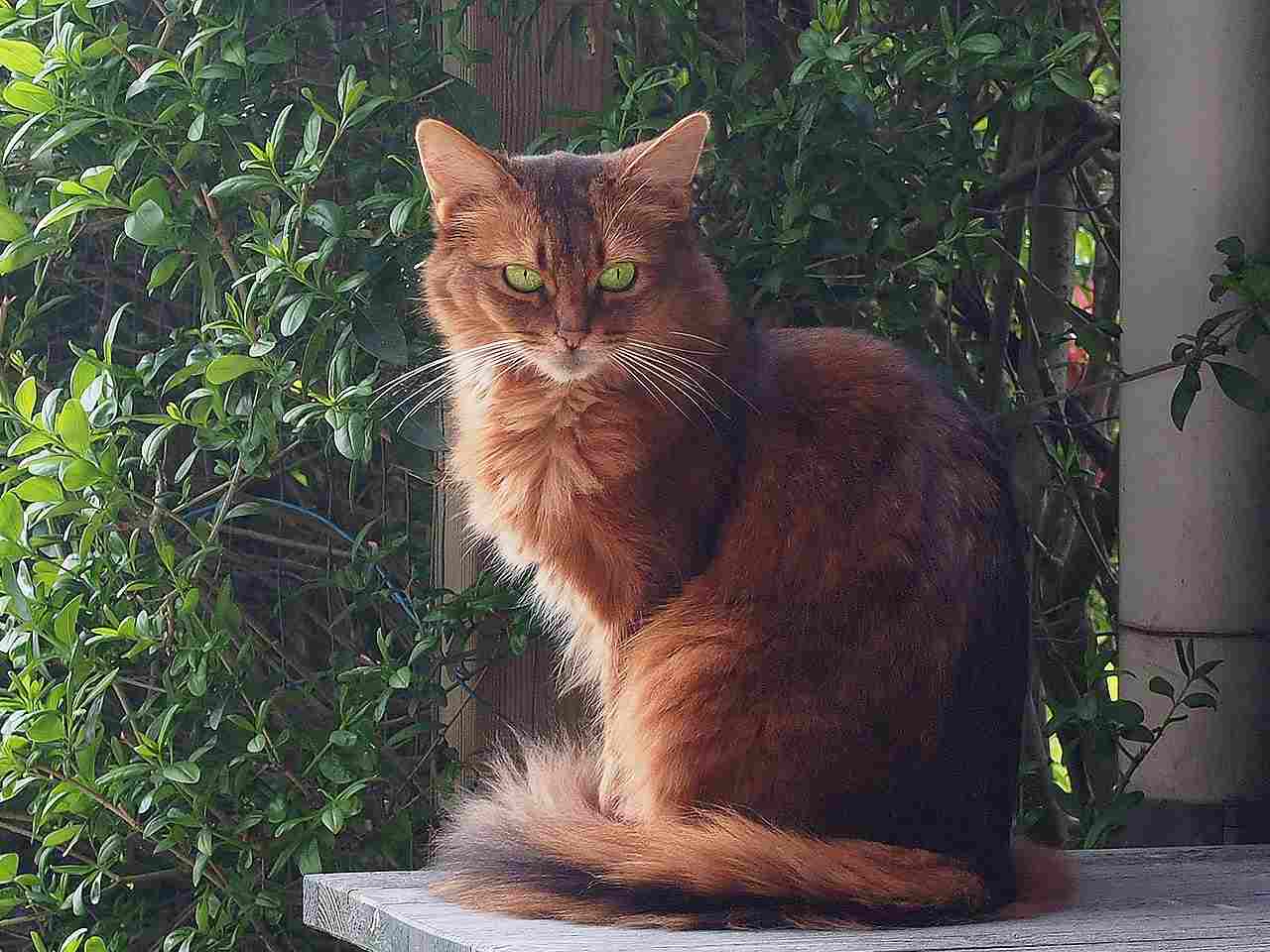
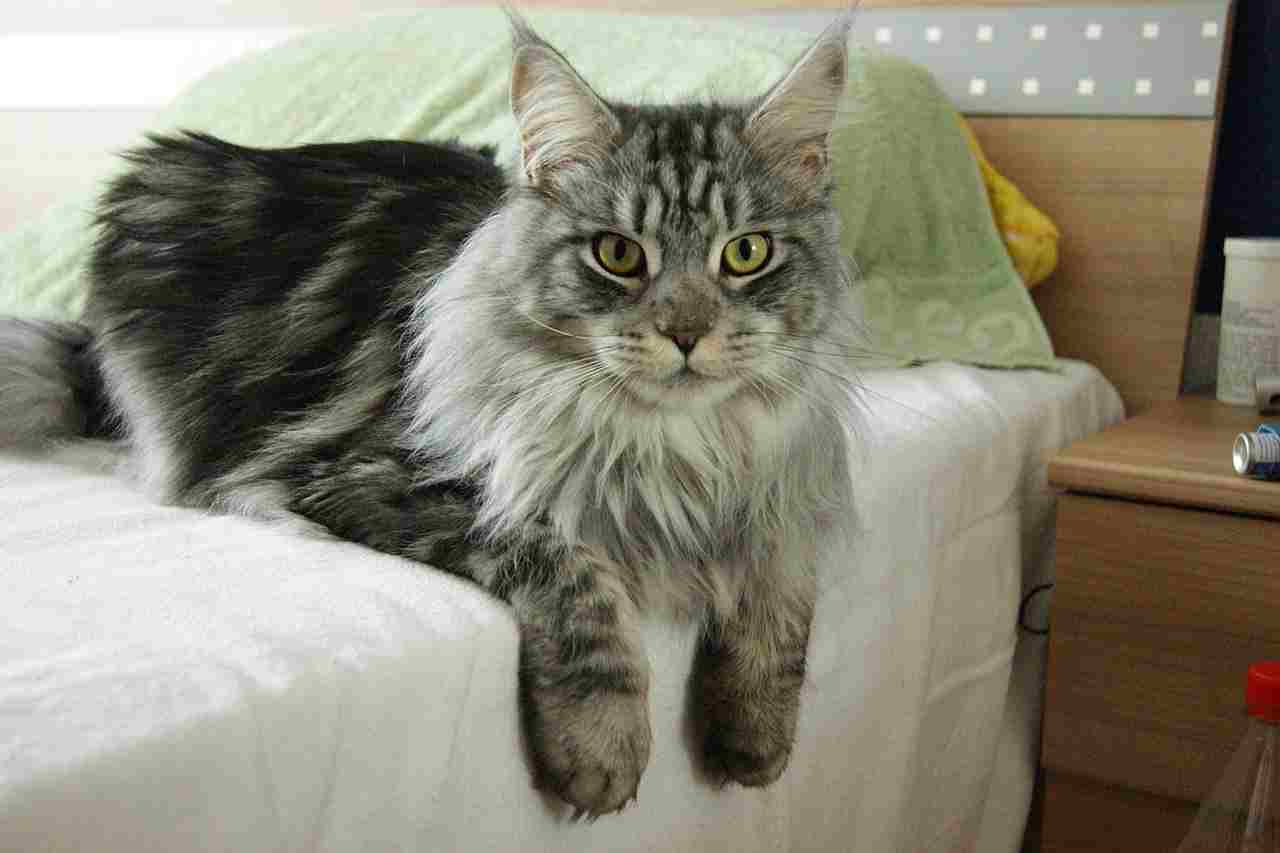
Medium Hair Cat:
Sleek coat, moderate fur length.
Varied colors and patterns.
Long Hair Cat:
Luxurious, flowing fur covering the body.
Diverse coat colors and patterns.
Comparison:
Medium hair cats often have a more streamlined appearance.
Long hair cats exhibit a more elegant, fluffy appearance.
Implications:
Aesthetic preference influences choice.
Climate considerations affect comfort.
3. Size:
Medium Hair Cat:
Moderate size, proportional body.
Long Hair Cat:
Generally similar size to medium hair cats.
Comparison:
Size differences are minimal between the two.
Implications:
Size may impact living space requirements.
Smaller size can be preferable for certain households.
4. Weight:
Medium Hair Cat:
Weight varies, typically moderate.
Long Hair Cat:
Similar weight range as medium hair cats.
Comparison:
No significant weight difference.
Implications:
Feeding requirements remain relatively consistent.
Weight impacts health considerations.
5. Personality:
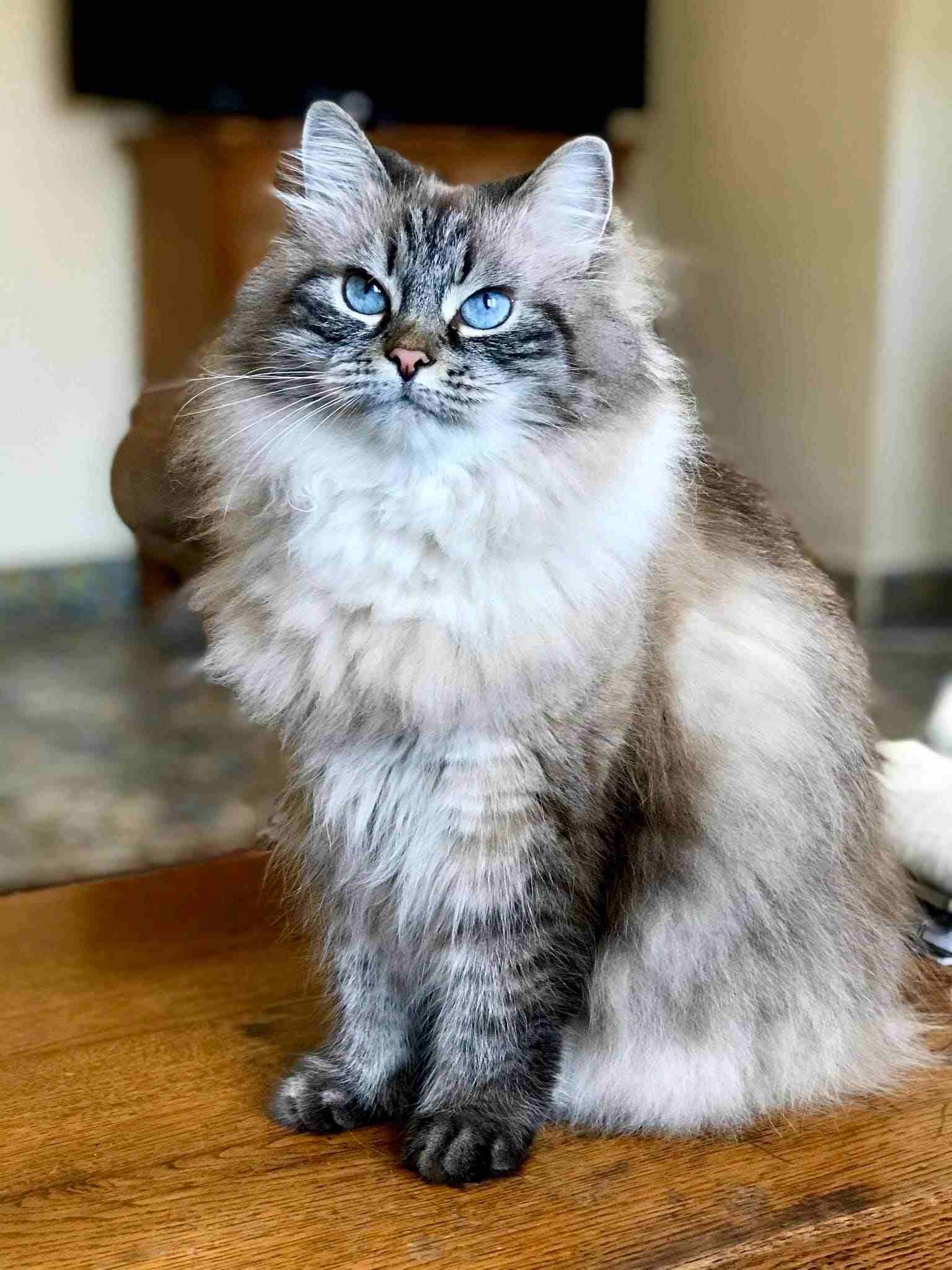
Medium Hair Cat:
Versatile personalities, adaptable.
Playful, sociable, or independent based on individual traits.
Long Hair Cat:
Personality traits vary widely.
Some long hair cats may be more reserved due to grooming needs.
Comparison:
Both types can exhibit affectionate or independent behaviors.
Implications:
Grooming demands may influence time spent together.
Compatibility with the owner’s lifestyle is crucial.
6. Relative Price/Cost:
Medium Hair Cat:
Generally more affordable due to lower grooming needs.
Long Hair Cat:
Higher initial cost due to grooming demands.
Comparison:
Long hair cats may incur additional grooming expenses.
Implications:
Financial considerations impact choice.
Long-term costs include grooming supplies and professional services.
7. Maintenance Requirements:
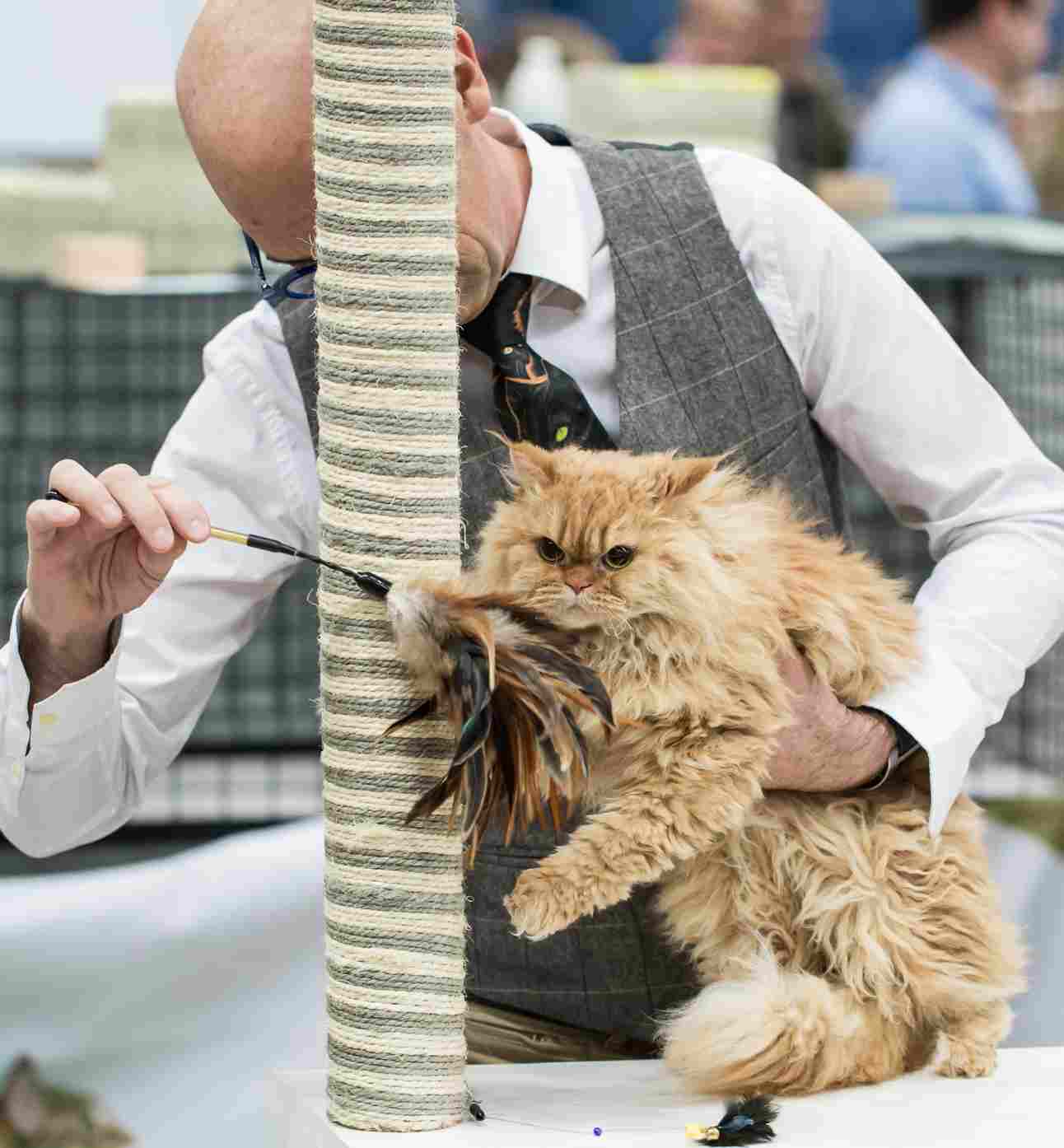
Medium Hair Cat:
Minimal grooming needs, occasional brushing.
Long Hair Cat:
Regular brushing to prevent matting and hairballs.
Comparison:
Long hair cats require more time-consuming grooming.
Implications:
Owner’s commitment to grooming affects choice.
Grooming routine impacts the cat’s well-being.
8. Health Concerns:
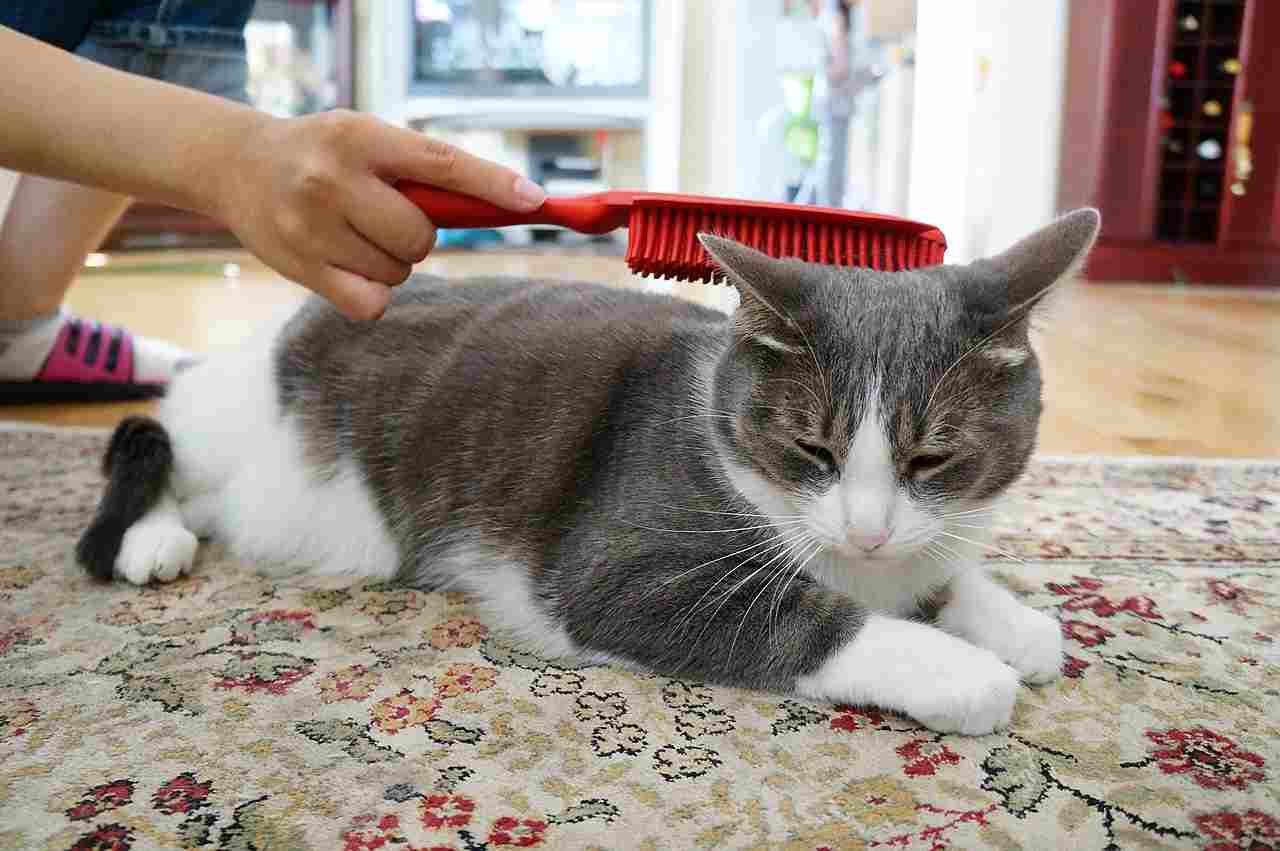
Medium Hair Cat:
Generally fewer issues related to coat maintenance.
Long Hair Cat:
Prone to skin problems, hairballs, and matting if not groomed properly.
Comparison:
Long hair cats may have heightened health concerns.
Implications:
Regular veterinary check-ups and grooming are essential.
Owner’s awareness and diligence impact the cat’s health.
9. Bite Force (PSI):
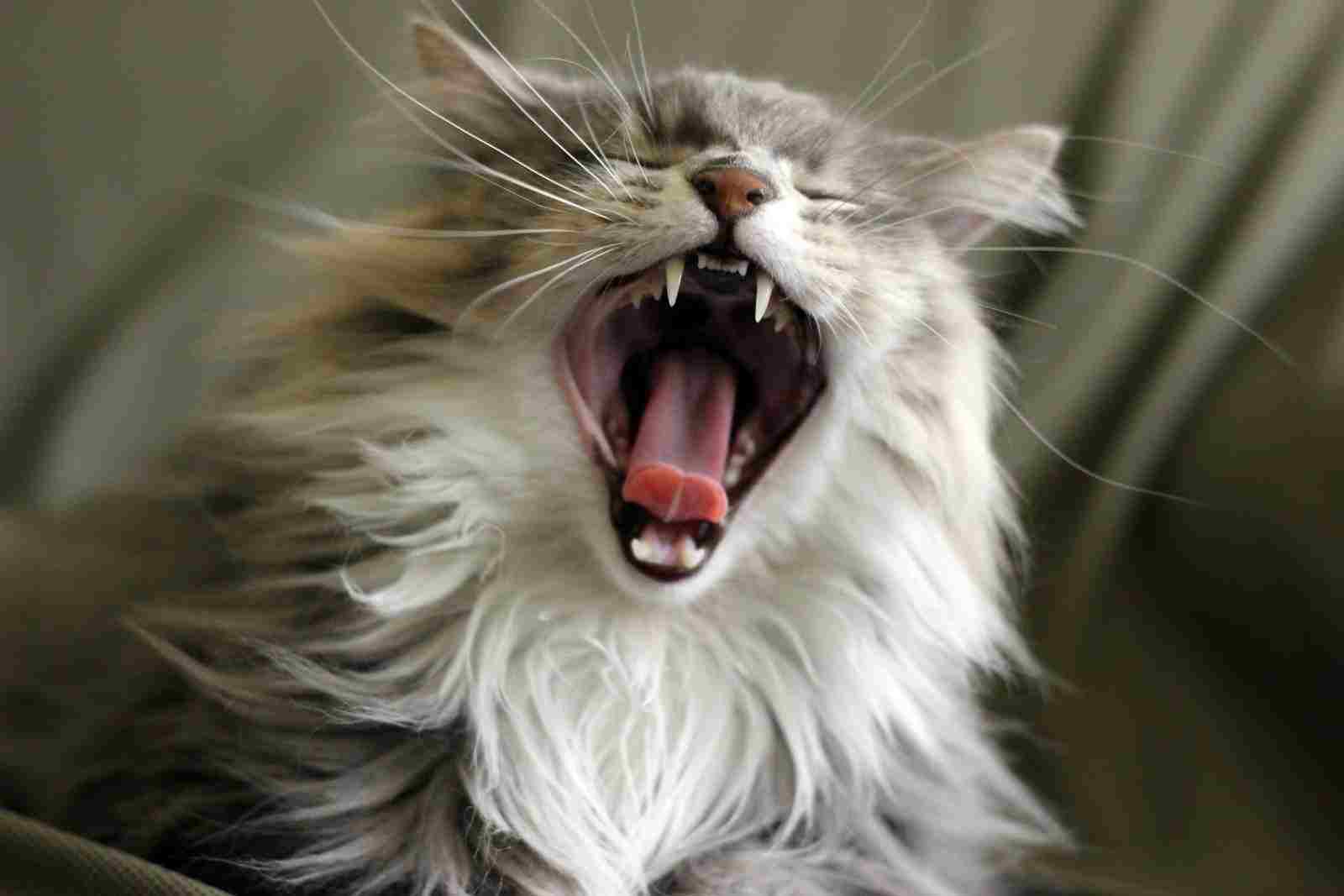
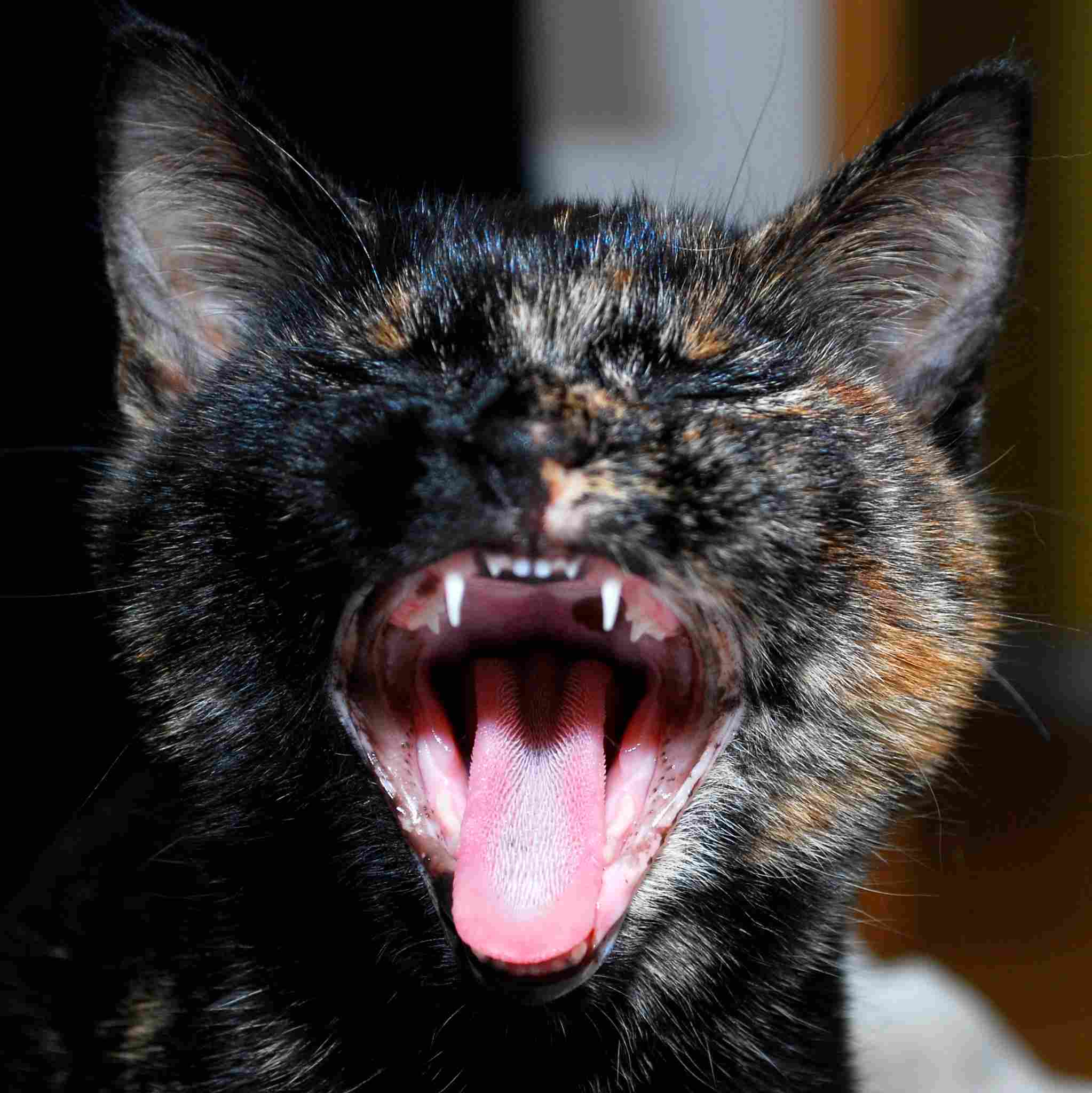
Medium Hair Cat:
Bite force varies; typically moderate.
Long Hair Cat:
Similar bite force range to medium hair cats.
Comparison:
No significant difference in bite force.
Implications:
Behavioral factors and training play a role in bite force.
Bite force is relevant for understanding potential harm to humans or other animals.
10. Physical Offensive Advantages:
Medium Hair Cat:
Agility and speed can be utilized for quick movements.
Sharp claws aid in climbing and hunting.
Long Hair Cat:
Enhanced camouflage due to the fluffy coat.
Comparison:
Offensive advantages vary based on the environment.
Implications:
Environment and lifestyle influence offensive traits.
Owners should provide appropriate outlets for natural instincts.
11. Physical Defensive Advantages:
Medium Hair Cat:
Quick reflexes and agility for evading threats.
Ability to retreat to high places.
Long Hair Cat:
Thick fur can provide some protection from scratches.
Comparison:
Defensive strategies differ but are effective for each.
Implications:
Understanding defensive behaviors enhances care.
Environmental factors influence defensive advantages.
12. Speed (Km/hour or Mile/hour):
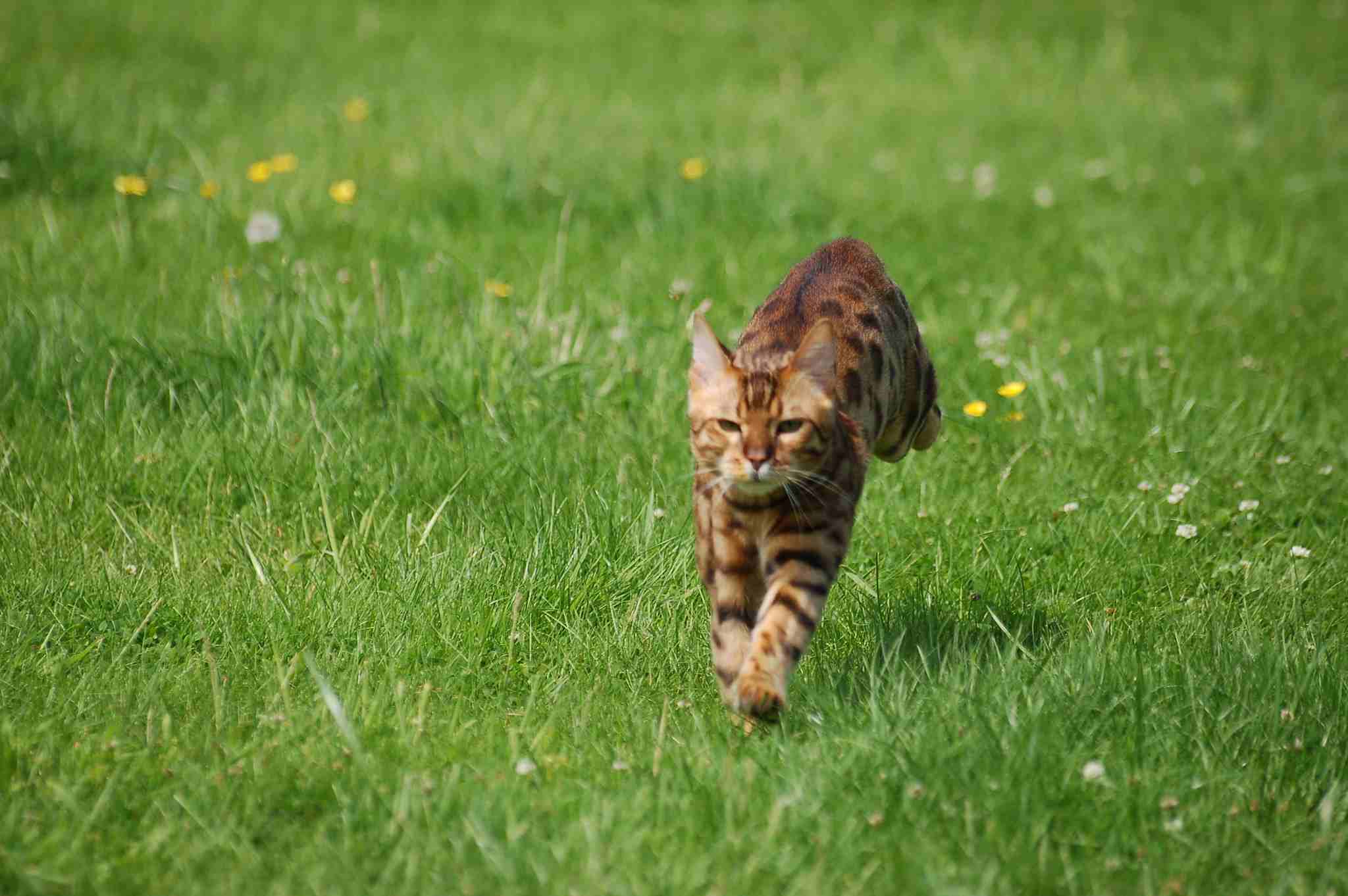
Medium Hair Cat:
Agile, capable of reaching moderate speeds.
Long Hair Cat:
Similar speed capabilities to medium hair cats.
Comparison:
No significant difference in speed.
Implications:
Speed impacts play and hunting behaviors.
Owners should provide space for exercise.
13. Agility:
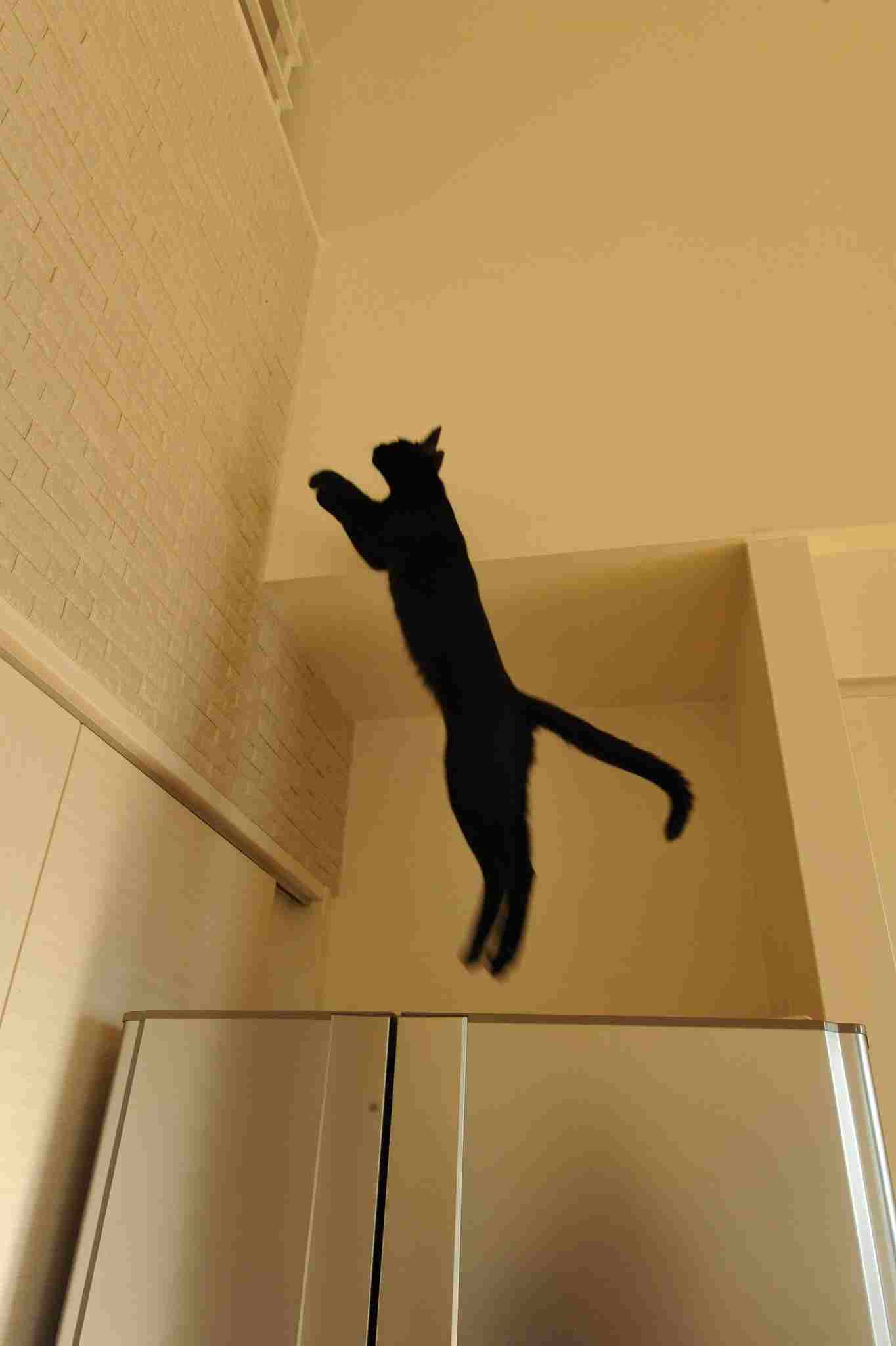
Medium Hair Cat:
Agile and adept at climbing and jumping.
Long Hair Cat:
Agility levels comparable to medium hair cats.
Comparison:
Both exhibit high levels of agility.
Implications:
Environmental enrichment enhances agility.
Owners should create a stimulating environment.
14. Senses:
Medium Hair Cat:
Keen senses of sight, hearing, and smell.
Long Hair Cat:
Sensory capabilities similar to medium hair cats.
Comparison:
Both types have acute senses crucial for survival.
Implications:
Owners should consider sensory stimulation in their environment.
Understanding sensory strengths aids in communication.
15. Overall Physical Capacity:
Medium Hair Cat:
Balanced physical abilities suitable for various environments.
Long Hair Cat:
Adapted physical capacity with a focus on grooming needs.
Comparison:
Physical capacity tailored to different aspects of their lifestyle.
Implications:
Owners should provide activities aligning with physical strengths.
Grooming routines are part of the long hair cat’s physical care.
16. Habitat Preference(s):
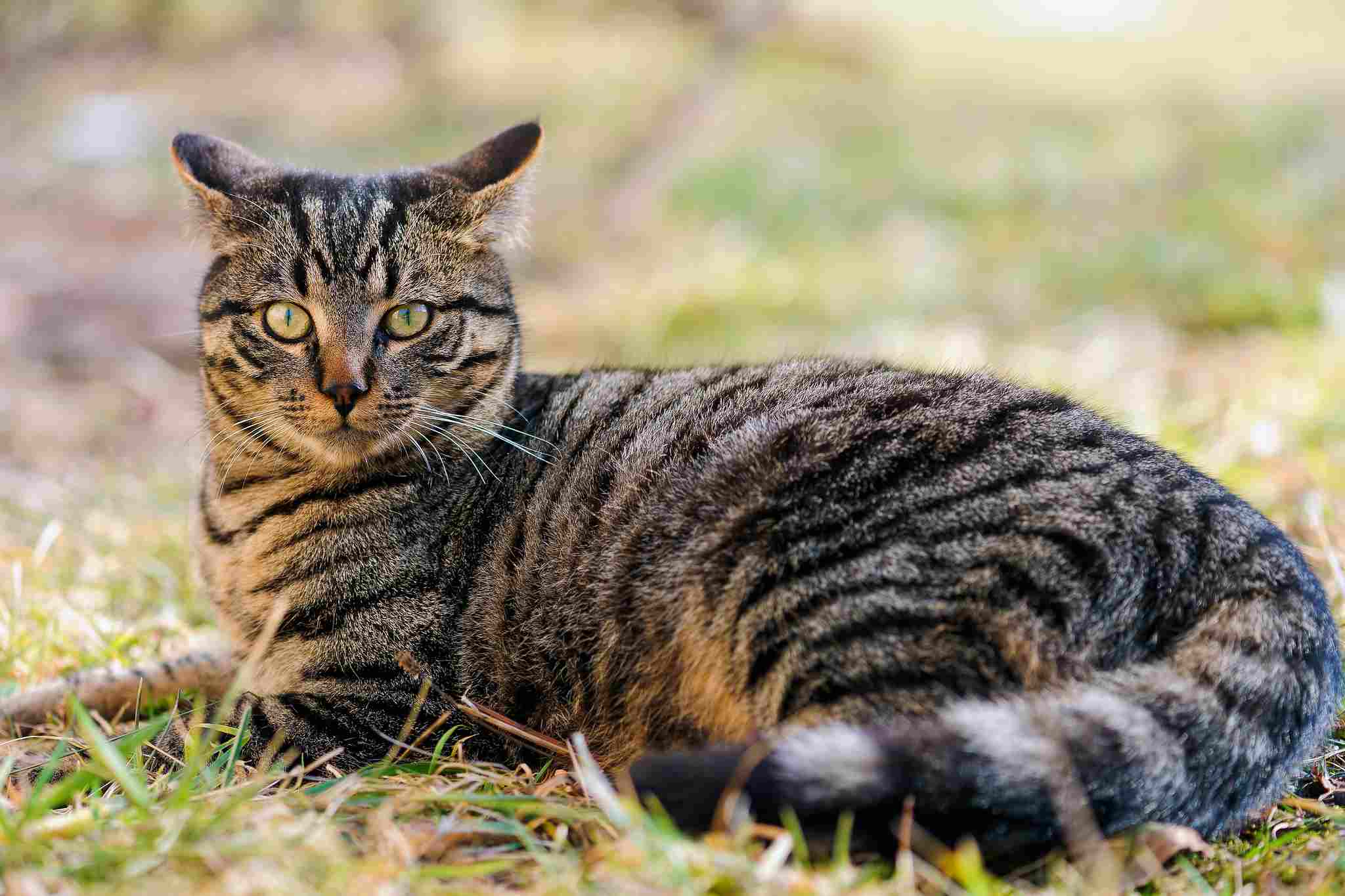
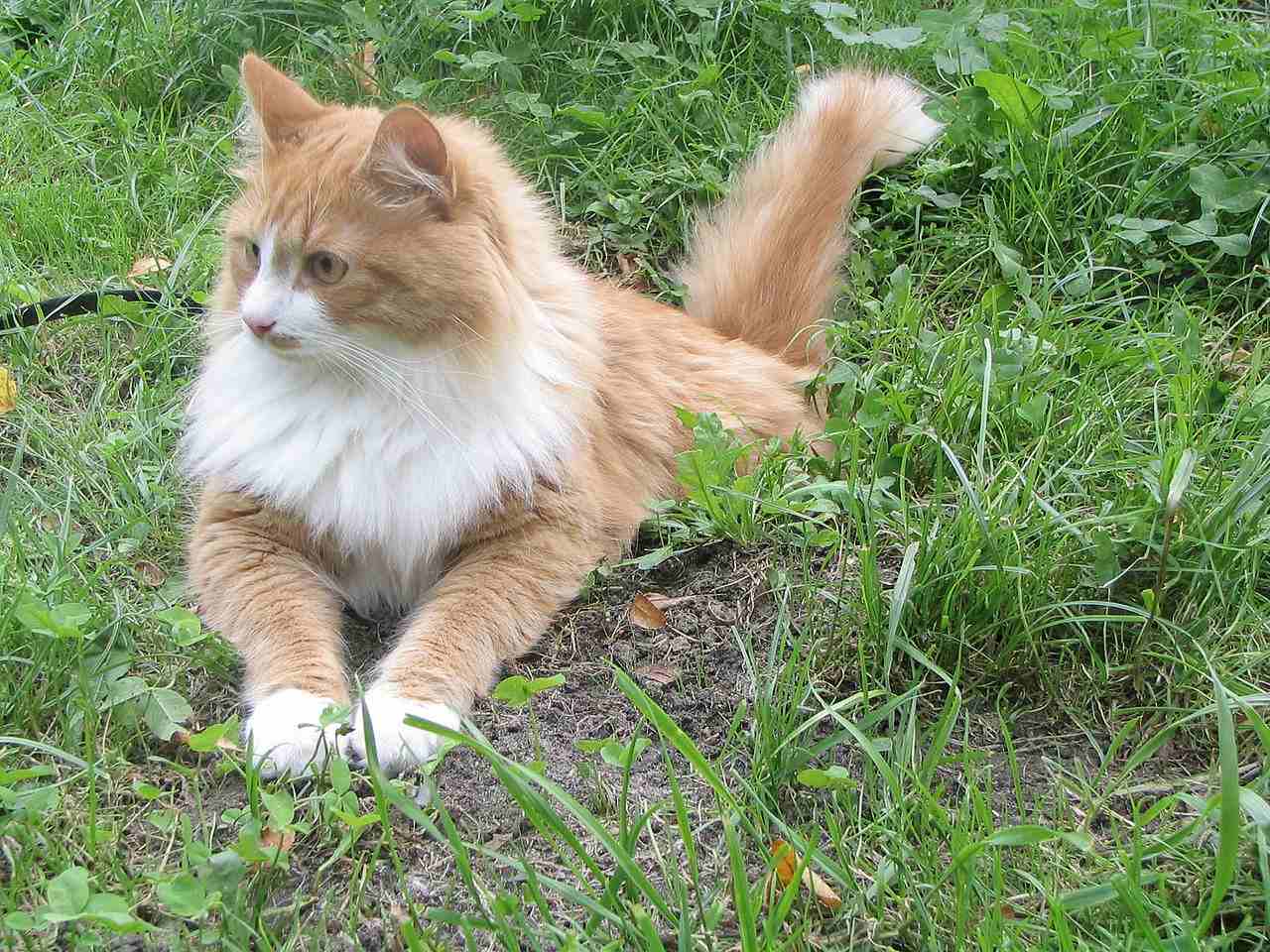
Medium Hair Cat:
Adaptable to various habitats, including indoor living.
Long Hair Cat:
Preferably indoor environments due to grooming needs.
Comparison:
Medium hair cats may adapt more easily to outdoor settings.
Implications:
Environmental considerations influence habitat choices.
Outdoor access and safety concerns differ.
17. Tracks:
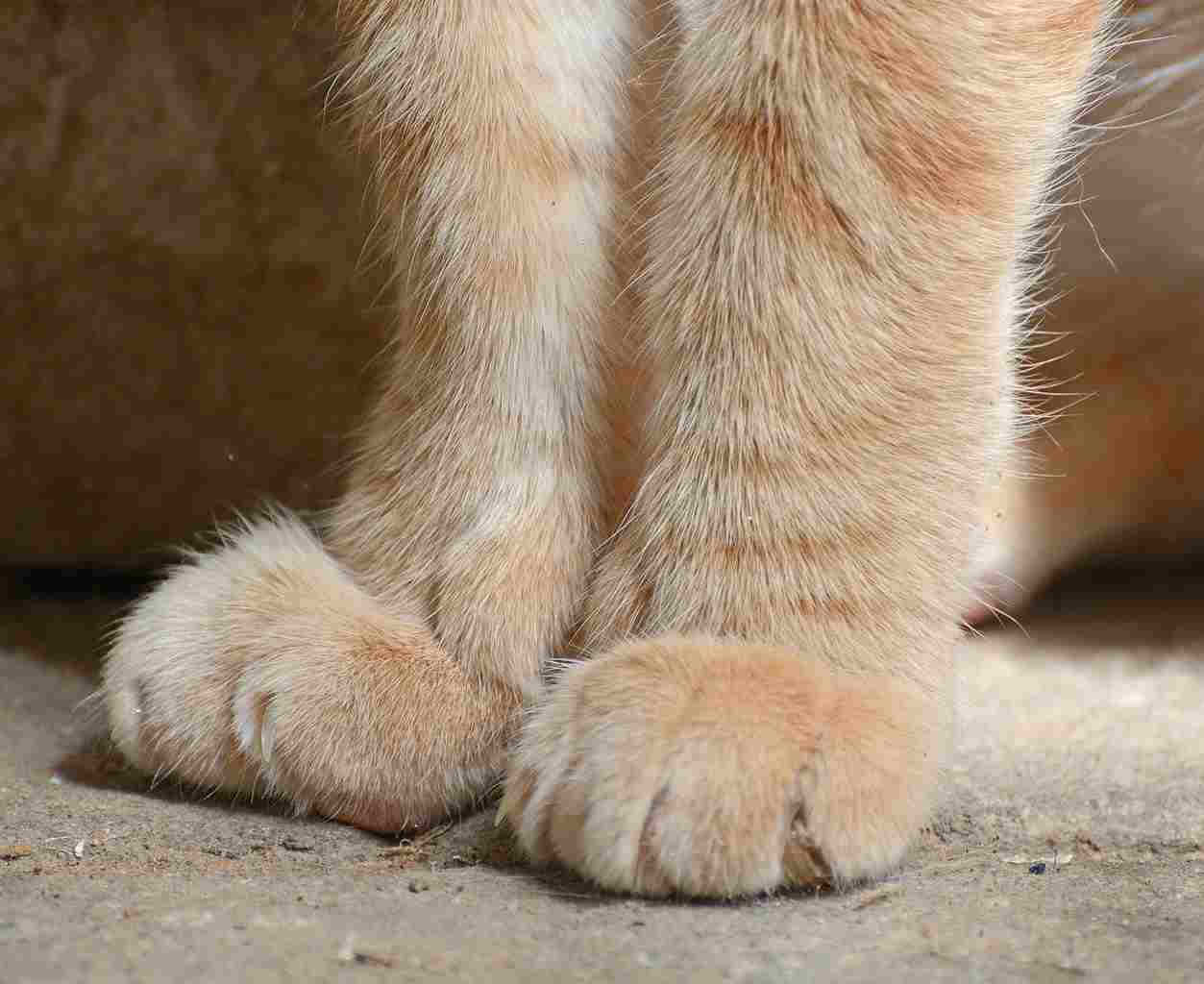
Medium Hair Cat:
Distinct paw prints with visible claw marks.
Long Hair Cat:
Paw prints may show less defined claw marks.
Comparison:
Clarity of tracks varies based on the presence of fur around the paws.
Implications:
Tracking can be influenced by grooming habits.
Owners can use tracks for identification and monitoring.
18. Lifespan:
Medium Hair Cat:
Average lifespan ranges from 12 to 15 years.
Long Hair Cat:
Similar lifespan, averaging 12 to 16 years.
Comparison:
Lifespan differences are marginal.
Implications:
Long-term commitment and care considerations remain consistent.
19. Natural Mode of Feeding:
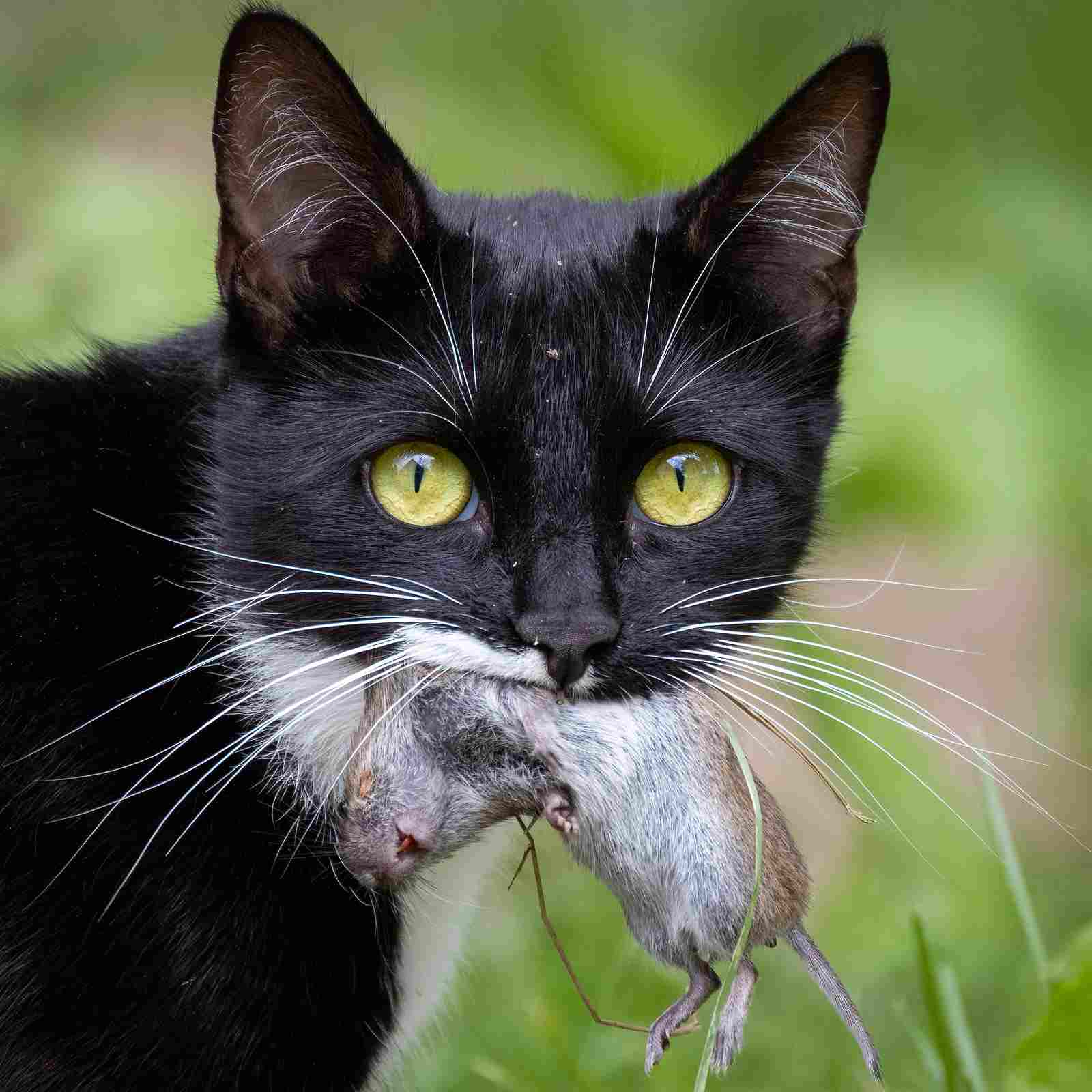
Medium Hair Cat:
Carnivorous, hunting small prey.
Long Hair Cat:
Similar carnivorous diet, with a focus on grooming to maintain coat health.
Comparison:
Both share natural feeding behaviors.
Implications:
Nutrition plans should align with carnivorous needs.
Long hair cats may require additional grooming-related dietary considerations.
20. Best Food as a Pet:
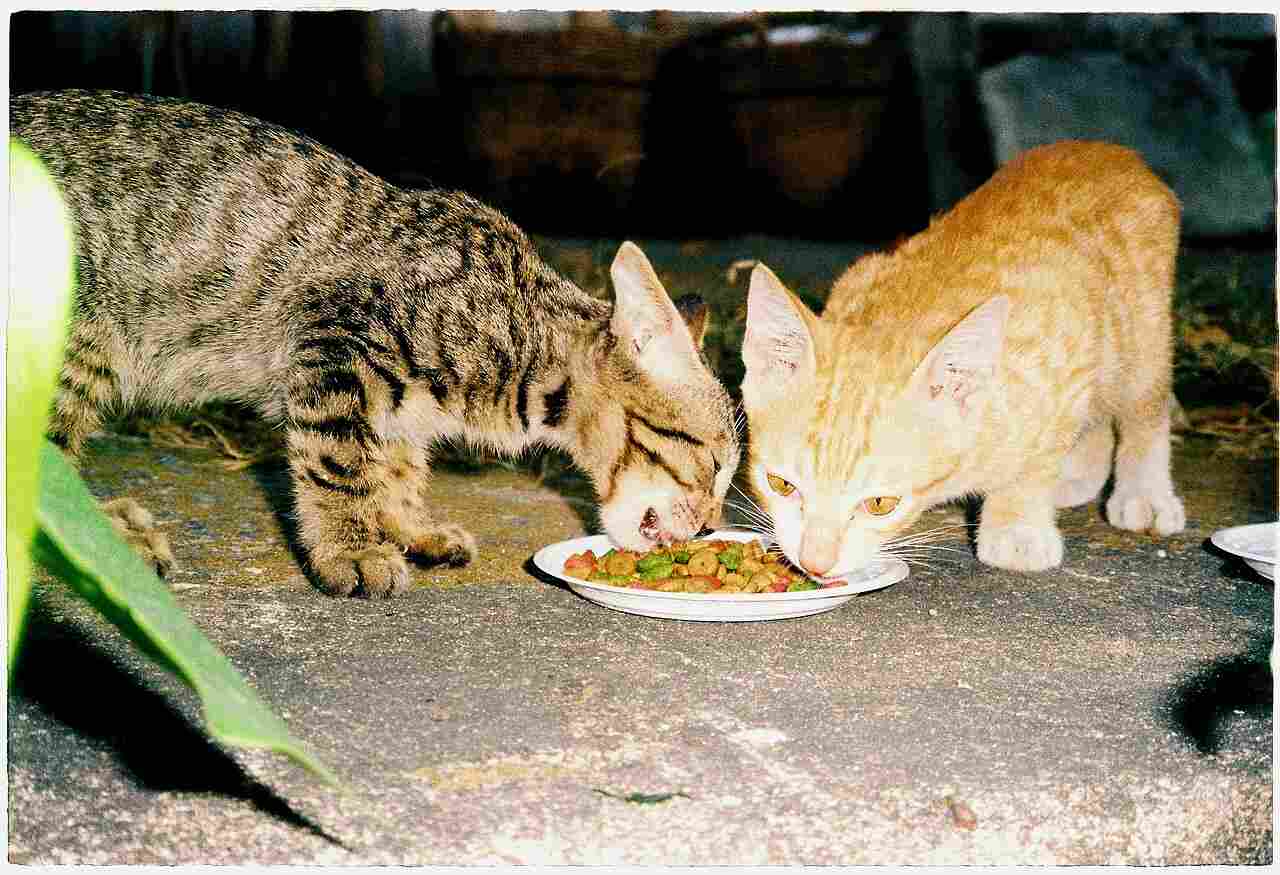
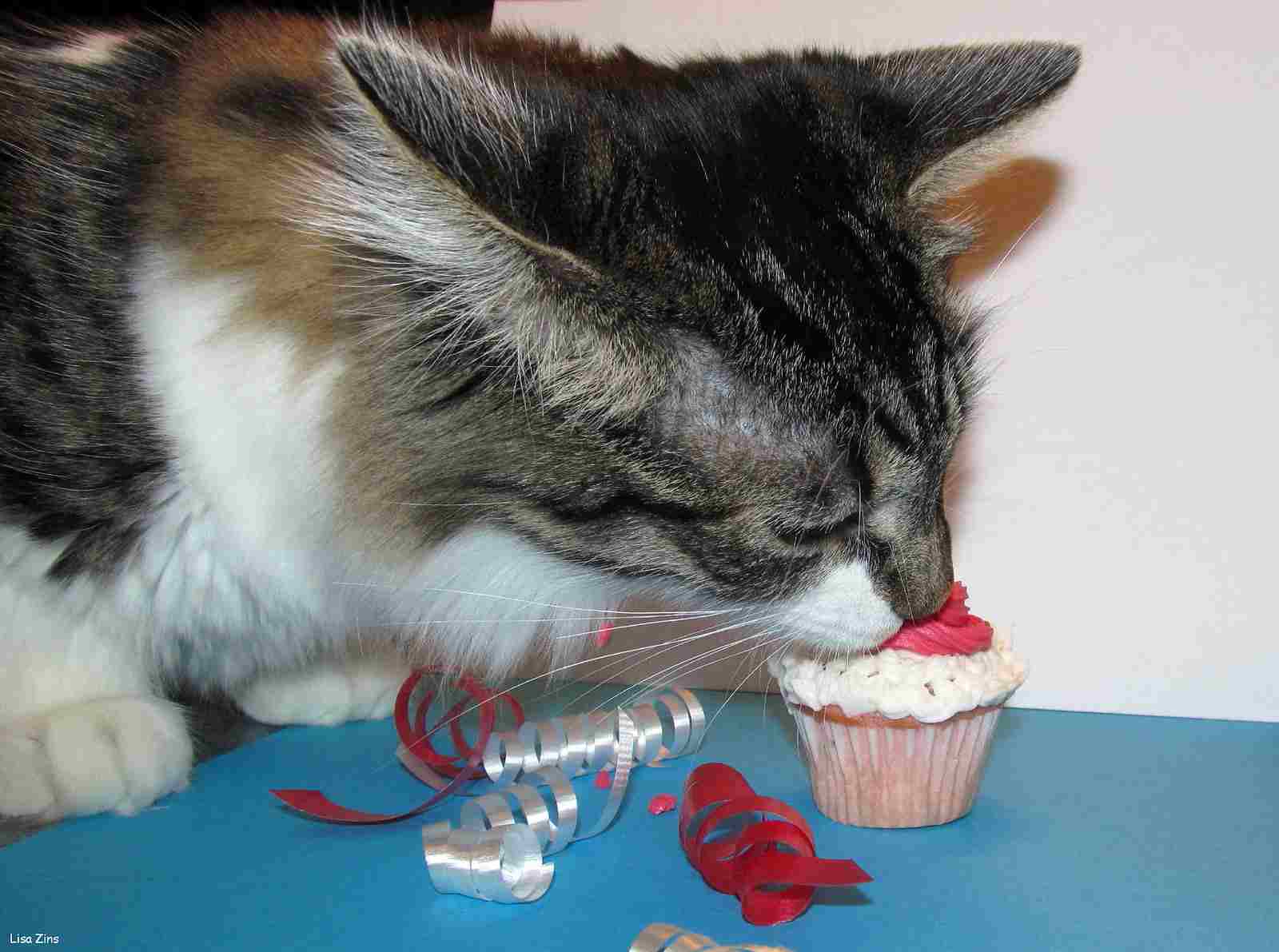
Medium Hair Cat:
Quality cat food appropriate for their age and health.
Long Hair Cat:
High-quality cat food with added nutrients for coat health.
Comparison:
Nutritional requirements are similar, but long hair cats may benefit from specific nutrients.
Implications:
Owners should select cat food based on individual needs.
Grooming considerations may influence dietary choices for long hair cats.
21. Intelligence:
Medium Hair Cat:
Intelligent, problem-solving abilities.
Long Hair Cat:
Intelligence levels comparable to medium hair cats.
Comparison:
Both types exhibit similar cognitive capacities.
Implications:
Mental stimulation is essential for both breeds.
Training and interactive play enhance cognitive well-being.
22. Social Behavior:
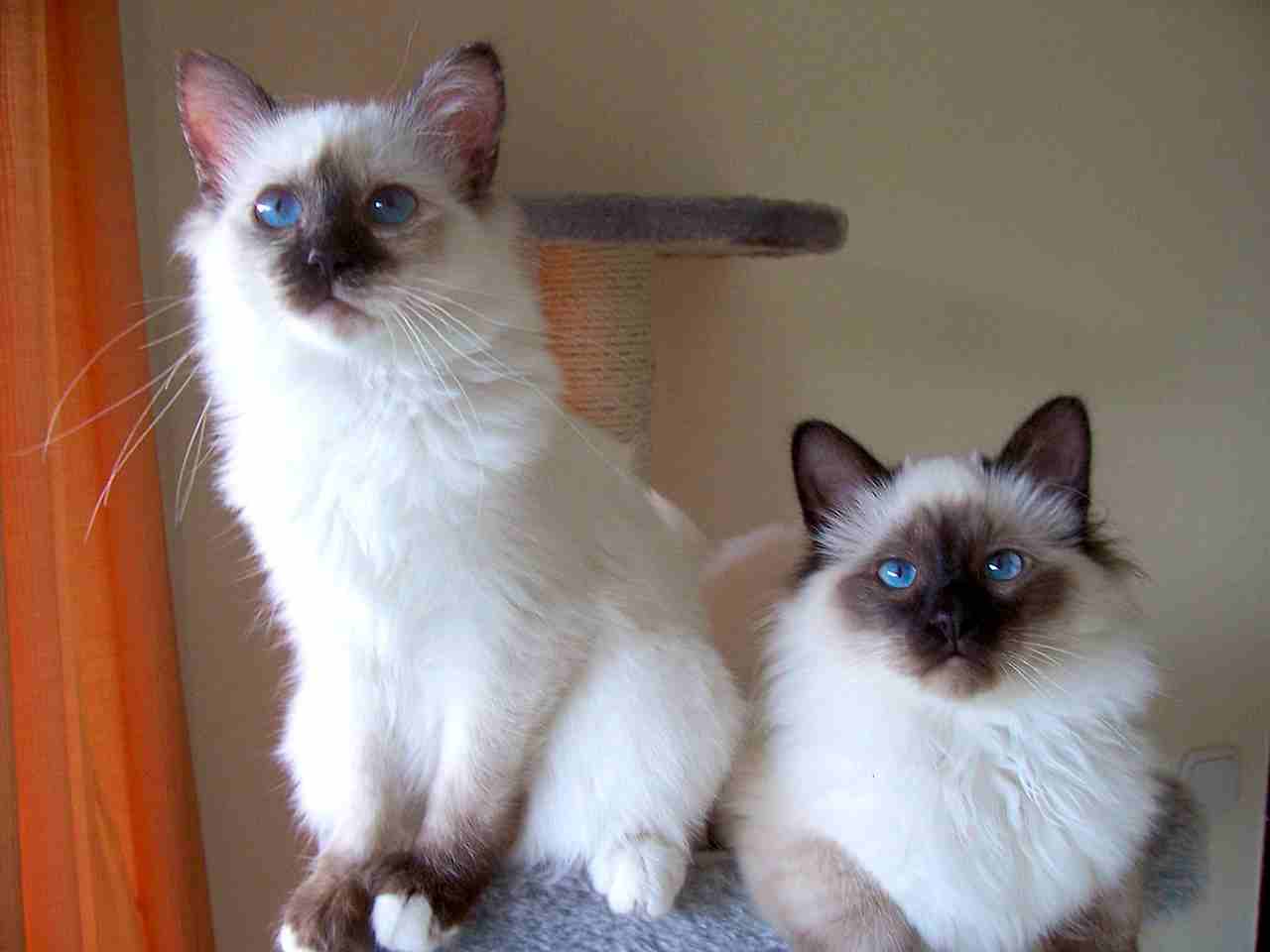
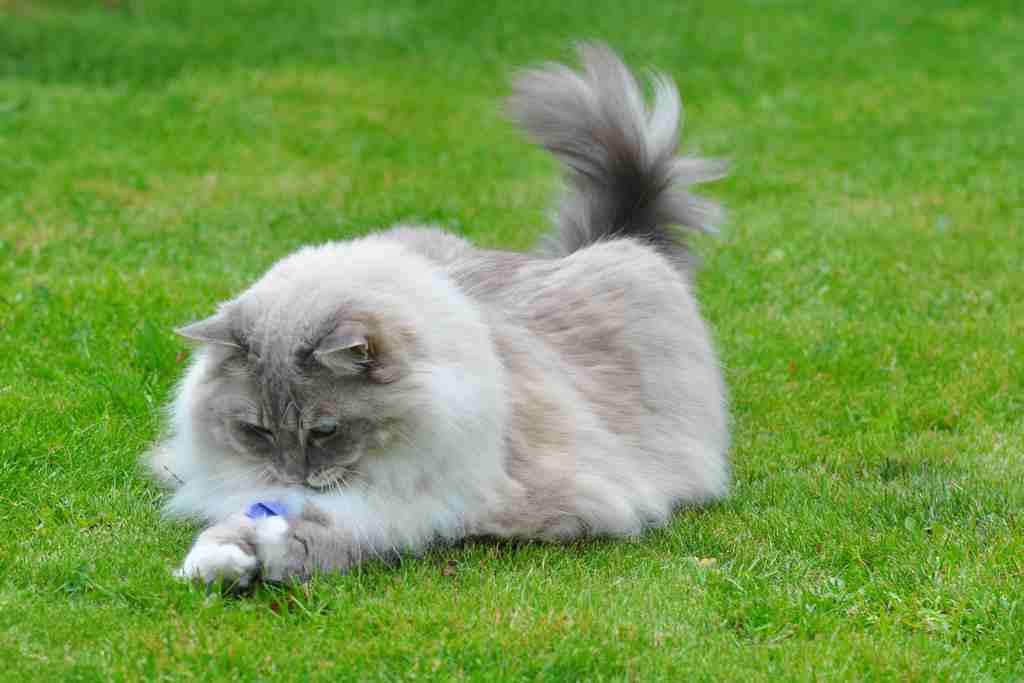
Medium Hair Cat:
Variable social behaviors, ranging from outgoing to reserved.
Long Hair Cat:
Social tendencies influenced by grooming needs; may be more reserved.
Comparison:
Social behaviors depend on individual temperament and grooming comfort.
Implications:
Owners should respect individual preferences for social interactions.
Long hair cats may need gradual socialization due to grooming sensitivities.
23. Mode of Reproduction:
Medium Hair Cat:
Seasonal breeders, capable of multiple litters per year.
Long Hair Cat:
Reproductive behavior aligns with medium hair cats.
Comparison:
Reproductive characteristics are consistent between the two.
Implications:
Responsible breeding practices are essential for both breeds.
Owners should consider spaying or neutering based on individual circumstances.
24. Parental Behavior:
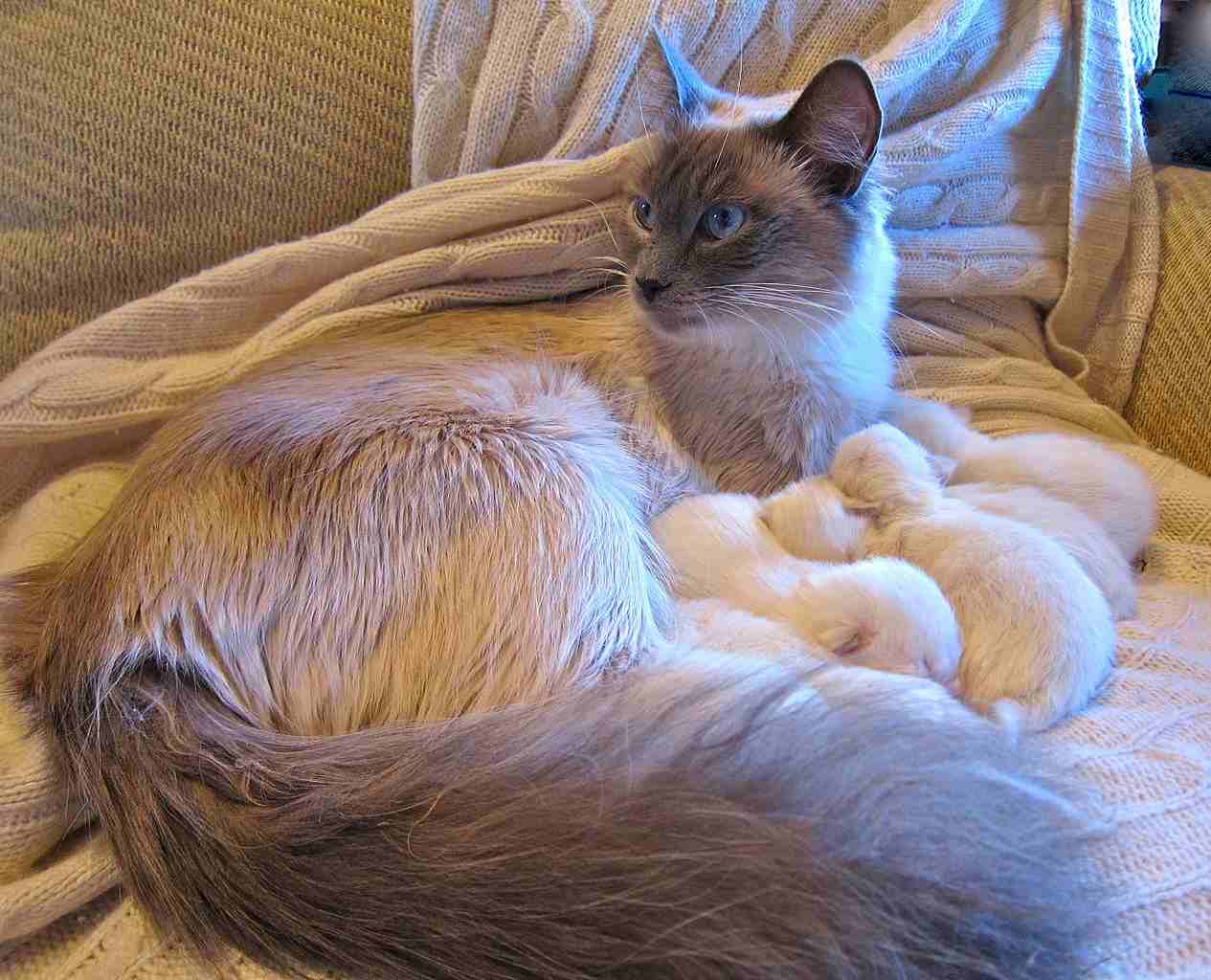
Medium Hair Cat:
Maternal instincts, providing care and protection to kittens.
Long Hair Cat:
Similar parental behaviors to medium hair cats.
Comparison:
Parental care behaviors are shared.
Implications:
Understanding parental instincts aids in caring for breeding cats.
Owners should provide a secure environment for mother and kittens.
25. Proximity to Human-Inhabited Areas:
Medium Hair Cat:
Adaptable to urban and suburban environments.
Long Hair Cat:
Suited for indoor living, especially in urban settings.
Comparison:
Long hair cats may be less inclined to roam outdoors.
Implications:
Owners in urban areas may find long hair cats more suitable for indoor living.
Safety considerations for outdoor access differ between the two breeds.
26. Behavior Toward Humans:
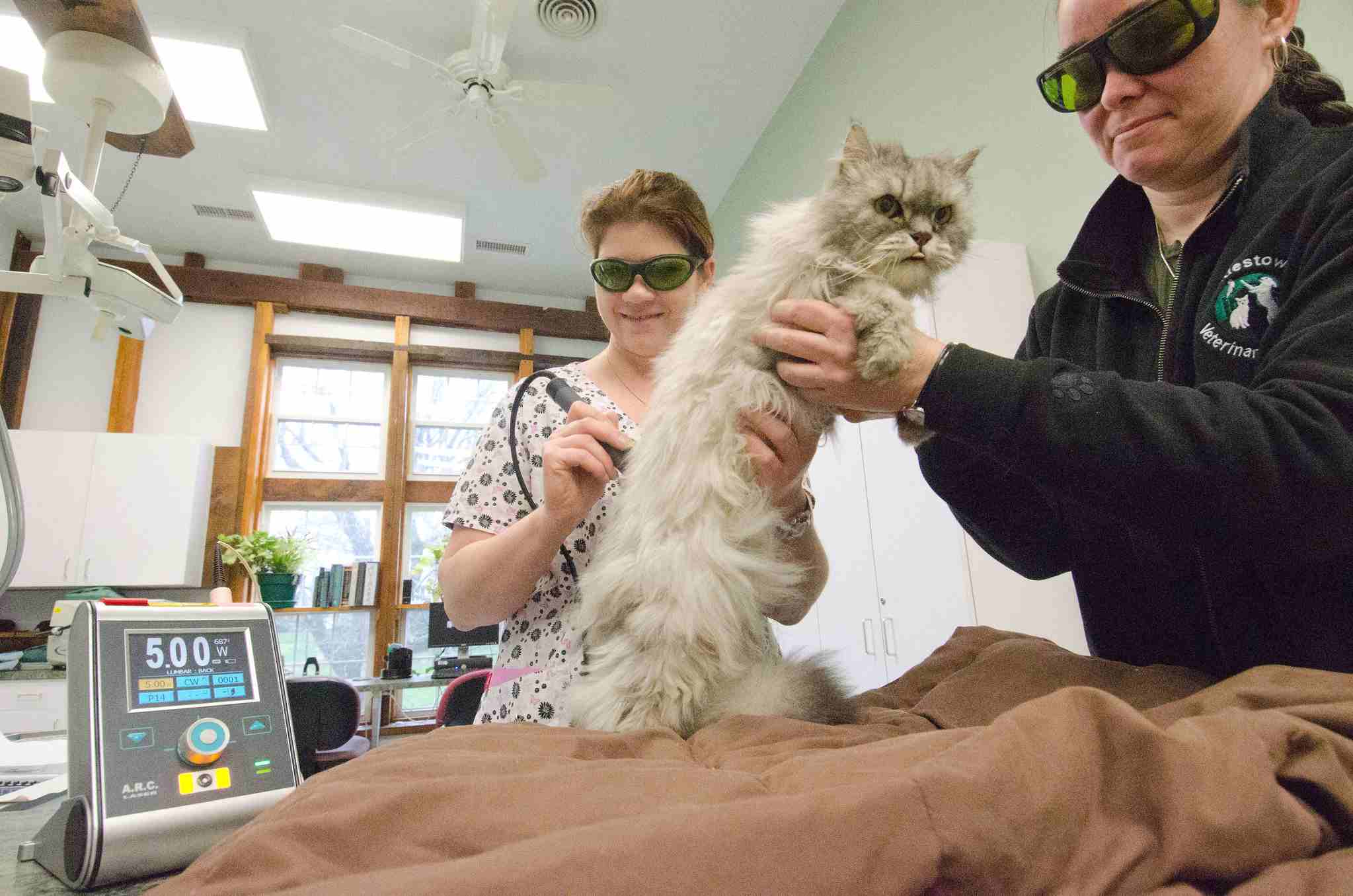
Medium Hair Cat:
Varied, can be affectionate or independent.
Long Hair Cat:
Affectionate, but grooming needs may impact interactions.
Comparison:
Both types can form strong bonds with their owners.
Implications:
Owners should be attuned to individual preferences.
Grooming rituals can strengthen the bond with long hair cats.
27. Danger Posed to Humans:
Medium Hair Cat:
Generally poses minimal danger to humans.
Long Hair Cat:
Potential for scratches due to grooming sensitivities.
Comparison:
Both pose minimal danger if handled appropriately.
Implications:
Understanding grooming-related behaviors is crucial for safety.
Training and gradual acclimatization are essential.
28. Associated Precautions:
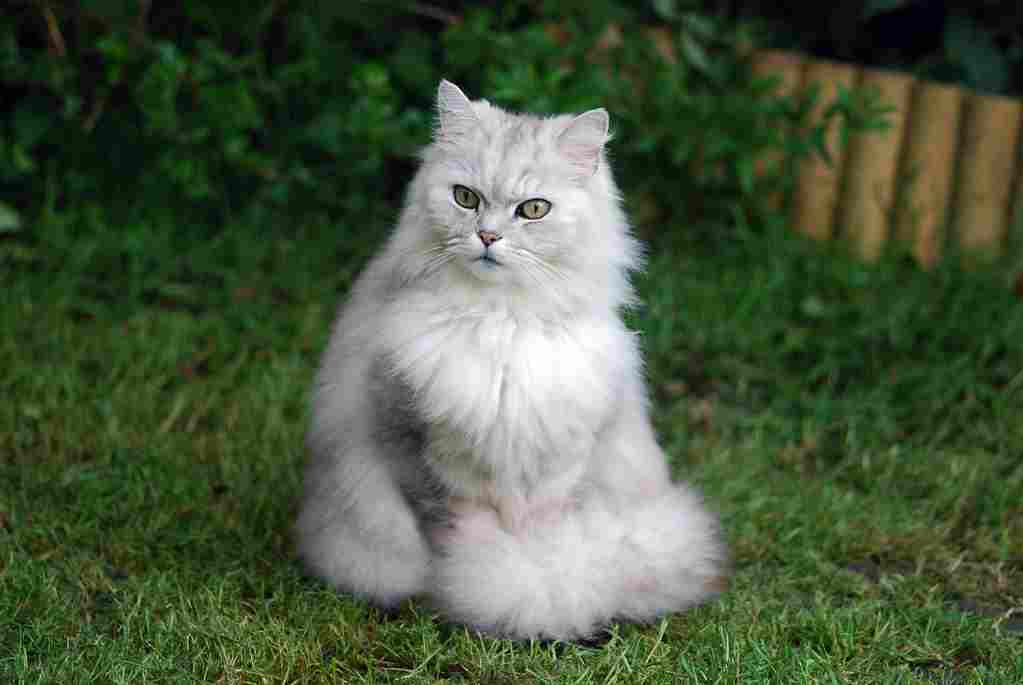
Medium Hair Cat:
Regular veterinary check-ups and basic grooming.
Long Hair Cat:
Additional precautions for grooming, including mat prevention.
Comparison:
Long hair cats require extra grooming-related precautions.
Implications:
Owners must invest time in grooming education and practices.
Regular veterinary care is essential for both.
29. Conservation Status:
Medium Hair Cat:
Not applicable; domestic breed.
Long Hair Cat:
Conservation not relevant as they are domestic breeds.
Comparison:
Both are domesticated and not subject to conservation efforts.
Implications:
Conservation considerations focus on wild cat species.
Responsible breeding practices are crucial for domestic cat populations.
Summary of Comparison
Appearance:
Medium Hair: Sleek, moderate fur.
Long Hair: Luxurious, flowing coat.
Size:
Both types generally similar in size.
Weight:
Minimal weight difference between the two.
Personality:
Both exhibit versatile traits, with individual variations.
Relative Price/Cost:
Medium hair cats are generally more affordable due to lower grooming needs.
Maintenance Requirements:
Long hair cats require more time-consuming grooming.
Health Concerns:
Long hair cats may have heightened health concerns related to grooming.
Bite Force (PSI):
Similar bite force range for both types.
Physical Offensive Advantages:
Differences in offensive advantages based on environment.
Physical Defensive Advantages:
Defensive strategies differ but are effective for each.
Speed:
No significant difference in speed.
Agility:
Both types exhibit high levels of agility.
Senses:
Similar sensory capabilities in both.
Overall Physical Capacity:
Physical capacity tailored to different aspects of their lifestyle.
Habitat Preference(s):
Medium hair cats may adapt more easily to outdoor settings.
Tracks:
Clarity of tracks varies based on the presence of fur around the paws.
Lifespan:
Similar lifespan for both types.
Natural Mode of Feeding:
Both share natural feeding behaviors.
Best Food as a Pet:
Nutritional requirements are similar, but long hair cats may benefit from specific nutrients.
Intelligence:
Both types exhibit similar cognitive capacities.
Social Behavior:
Social behaviors depend on individual temperament and grooming comfort.
Mode of Reproduction:
Reproductive characteristics are consistent between the two.
Parental Behavior:
Parental care behaviors are shared.
Proximity to Human-Inhabited Areas:
Long hair cats may be less inclined to roam outdoors.
Behavior Toward Humans:
Both types can form strong bonds with their owners.
Danger Posed to Humans:
Both pose minimal danger if handled appropriately.
Associated Precautions:
Long hair cats require extra grooming-related precautions.
Conservation Status:
Conservation not relevant as they are domestic breeds.
Conclusion
I). Similarities
Shared taxonomy, lifespan, intelligence, and reproductive behaviors.
II). Differences
Grooming needs, social behaviors, and suitability for outdoor living.
